CPU Fans Guide
Compatibility with CPU socket
Choosing the right and best CPU fan requires considering several factors to ensure optimal performance and compatibility. One crucial factor to consider is compatibility with the CPU socket. Before purchasing a CPU fan, you must ensure that it is compatible with your motherboard's CPU socket type. Some popular CPU socket types include LGA 1200, AM4, and LGA 2066.
For users with an LGA 1200 socket, a great option to consider is the Noctua NH-D15. With support for LGA 1200 and other socket types, this dual-tower CPU cooler offers exceptional cooling performance. Equipped with two premium fans and six heat pipes, it effectively dissipates heat even during intense gaming or high workload tasks. Additionally, the Cooler Master Hyper 212 EVO is an excellent choice for AM4 socket owners. It provides a reliable cooling solution with its direct contact heat pipes and quiet operation.
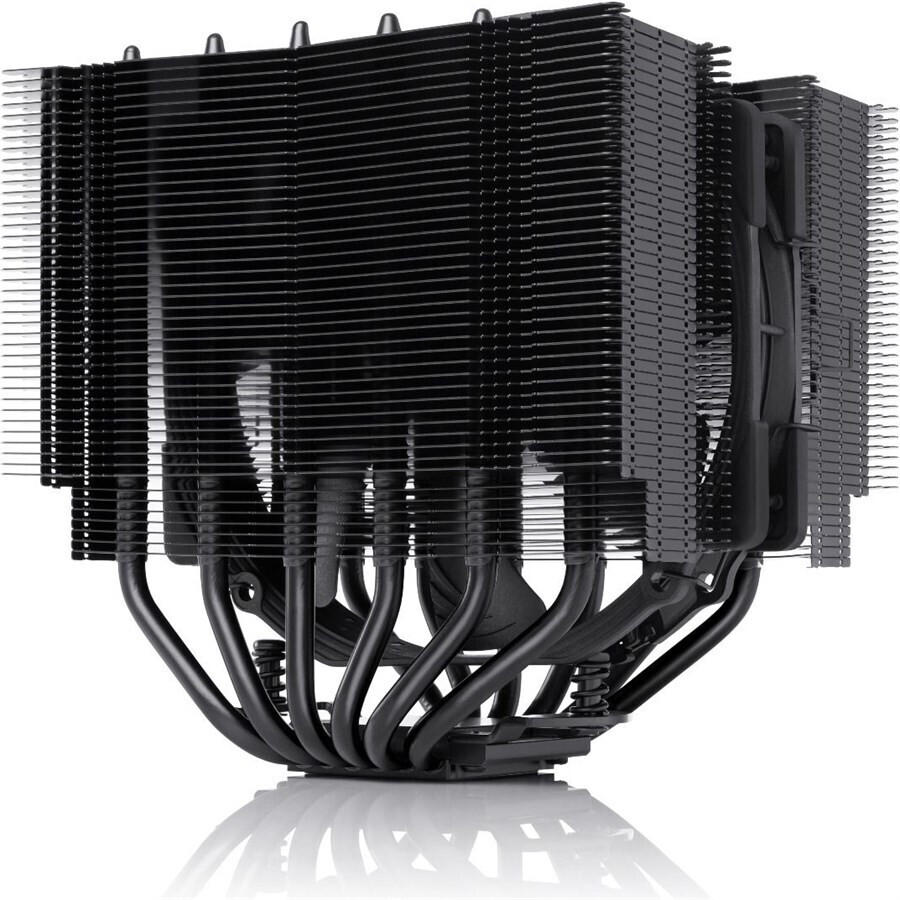
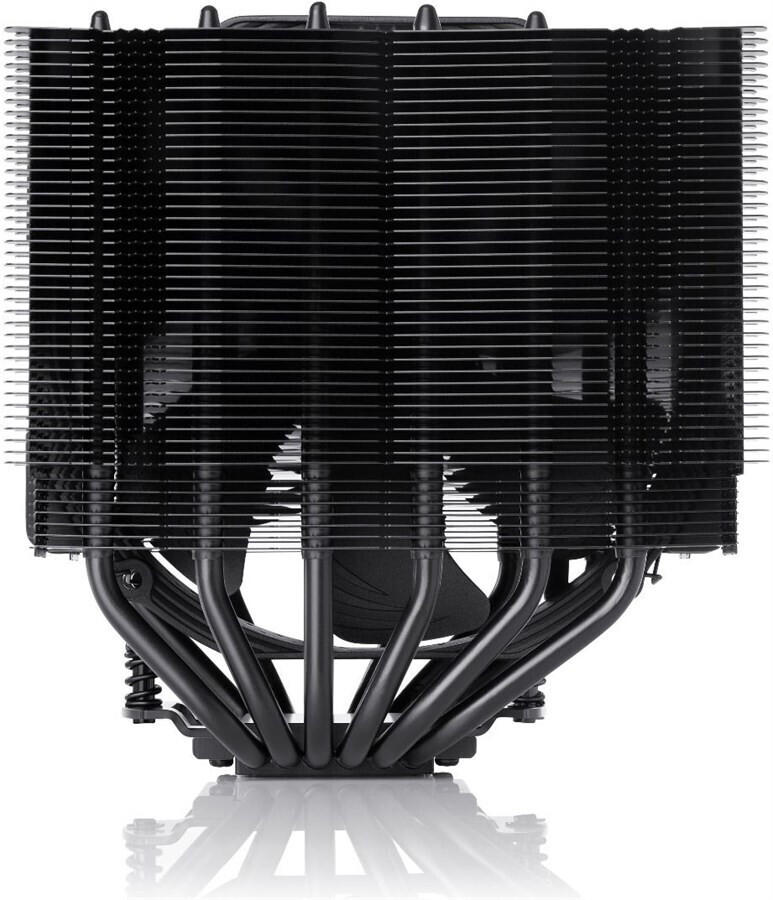
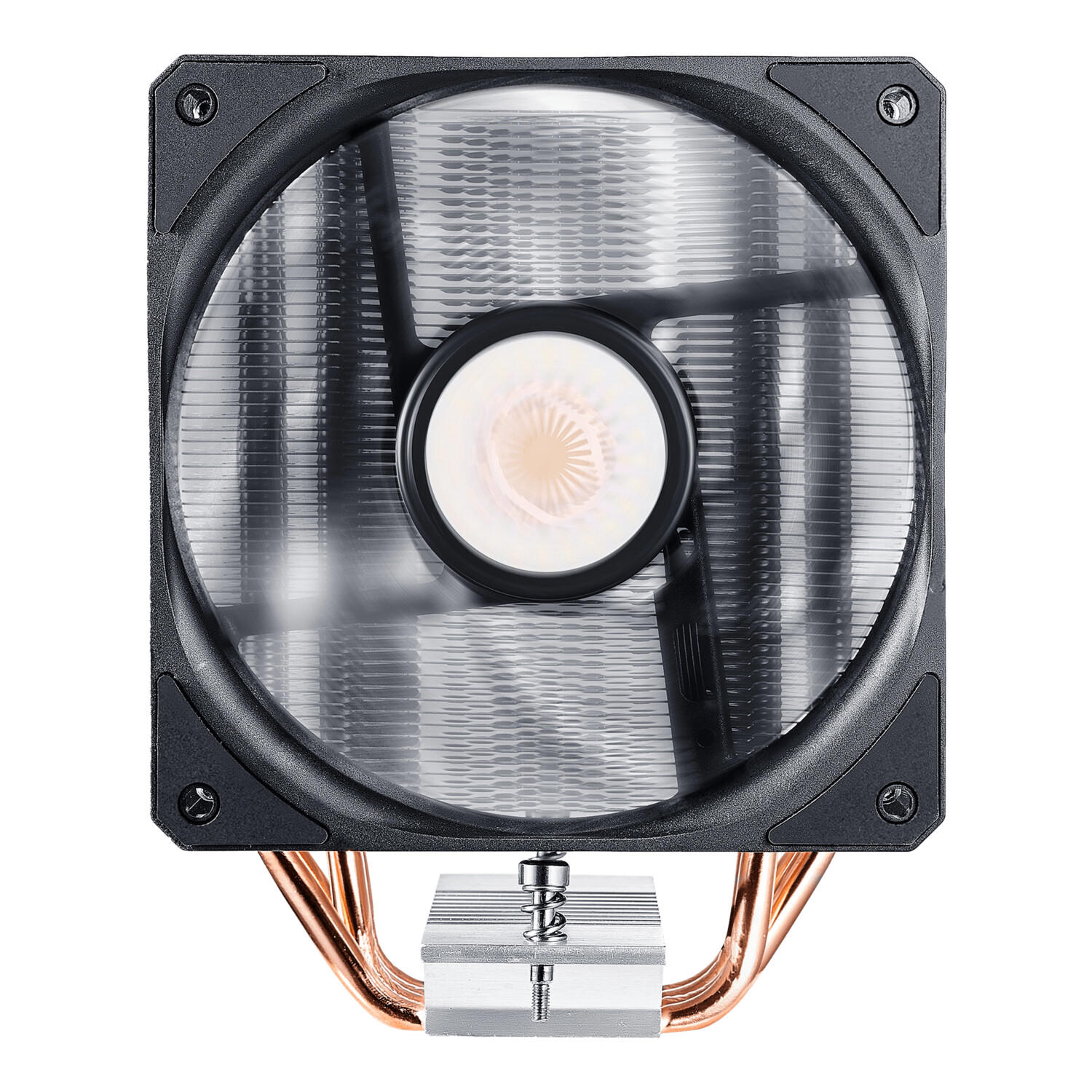
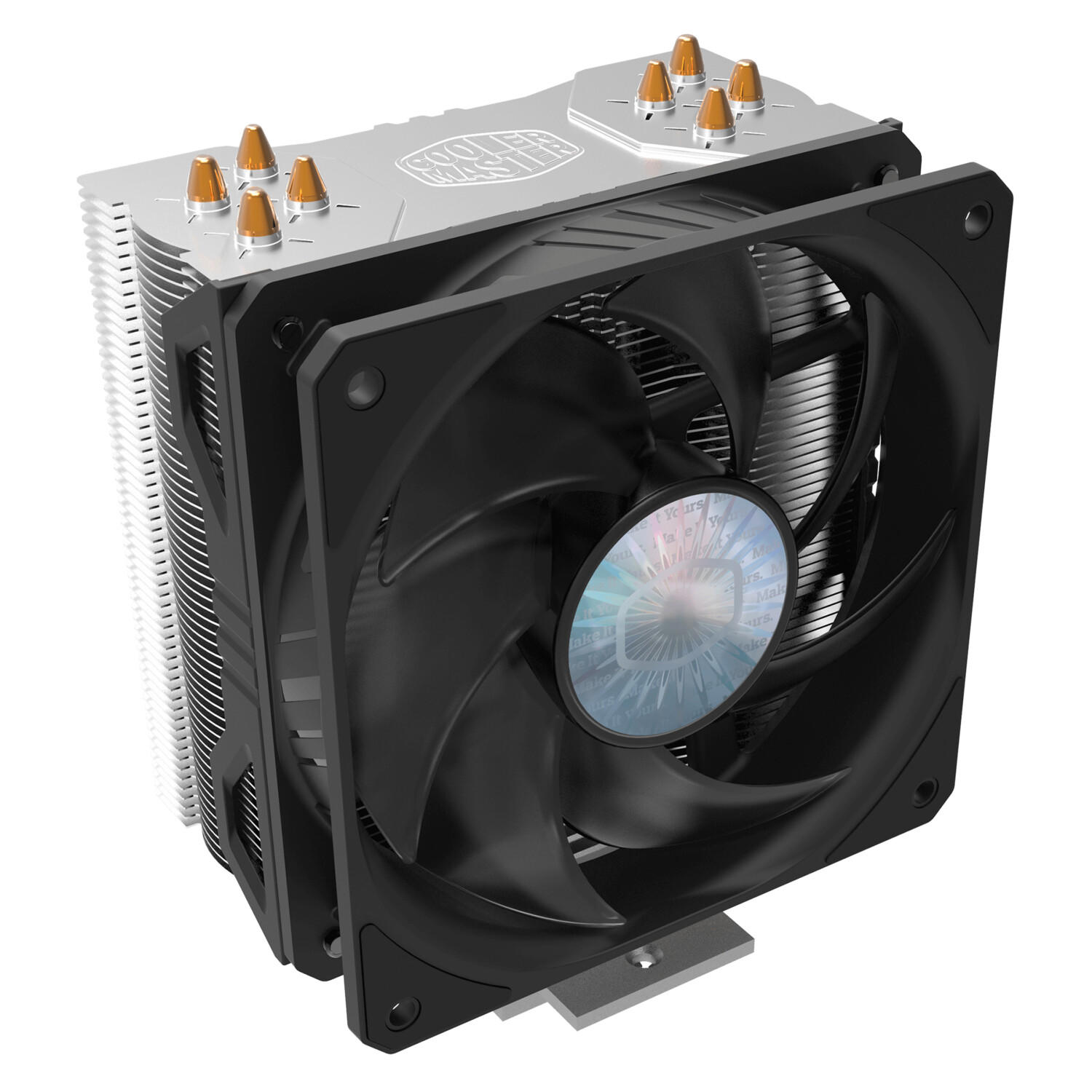
These are just a couple of examples of CPU fans that boast compatibility with specific CPU socket types. By prioritizing compatibility, you can ensure that your CPU fan fits seamlessly onto your motherboard, providing efficient cooling to keep your CPU running at optimal temperatures.
Dimensions and form factor
CPU fans come in a variety of sizes, so it is essential to ensure that the fan you choose will fit properly within your system. The most common form factors for CPU fans include the standard square, rectangular, or circular shape.
For example, if you have a small PC case with limited space, you may consider a compact CPU fan such as the Noctua NH-L9i, which measures just 95 x 95 x 37mm. This low-profile cooler fits effortlessly into small chassis and ensures optimal clearance compatibility. Larger form factors, on the other hand, are suitable for bigger cases with ample space. The Cooler Master Hyper 212 RGB offers a tower design with dimensions of 120 x 79.6 x 158.8mm, providing efficient cooling performance for larger systems.
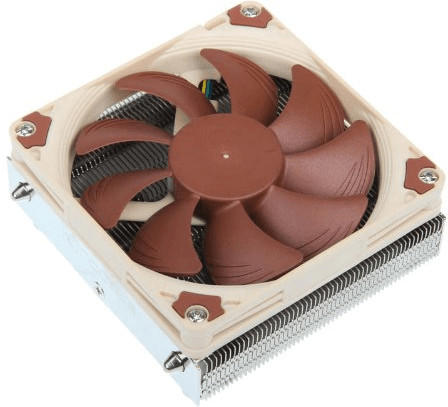

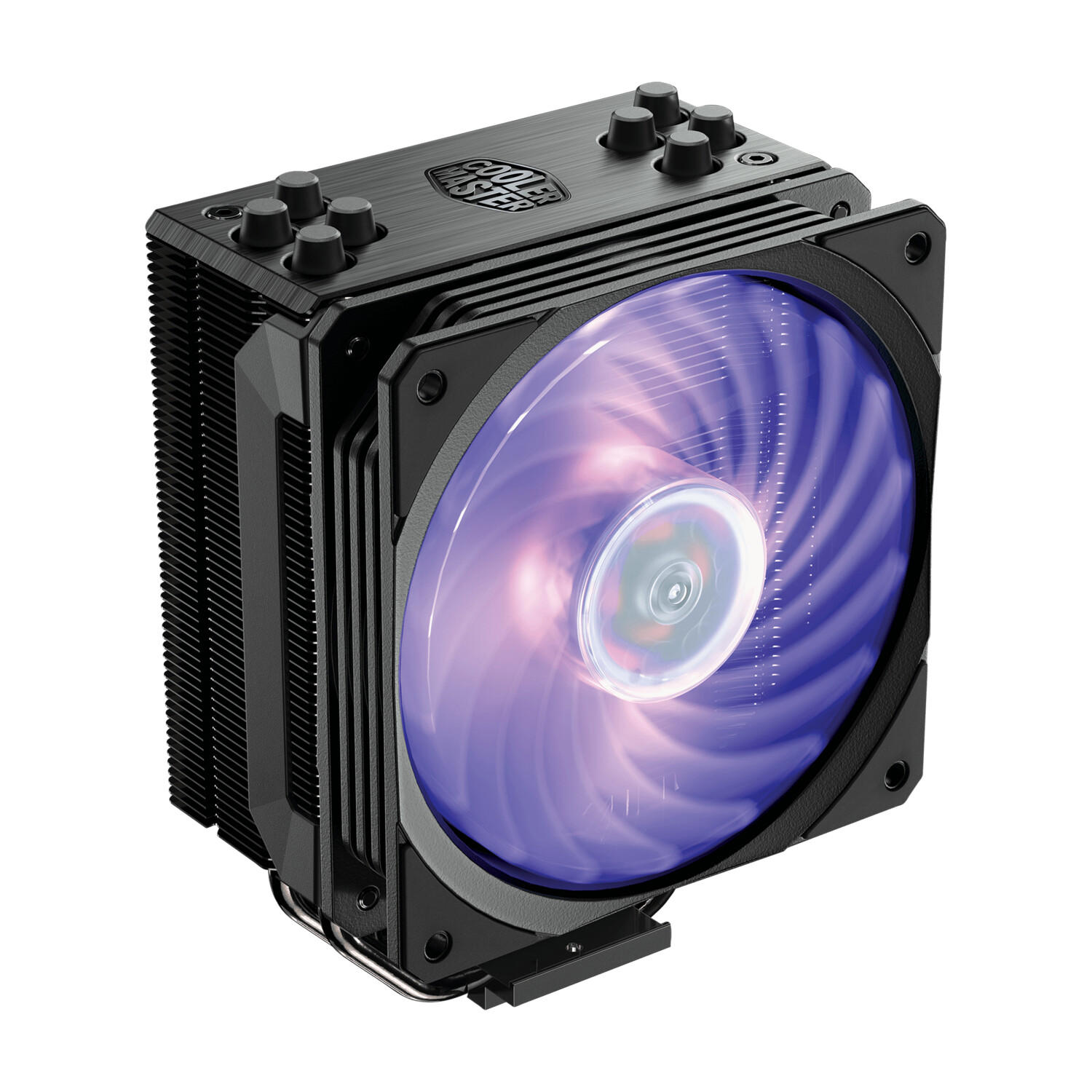
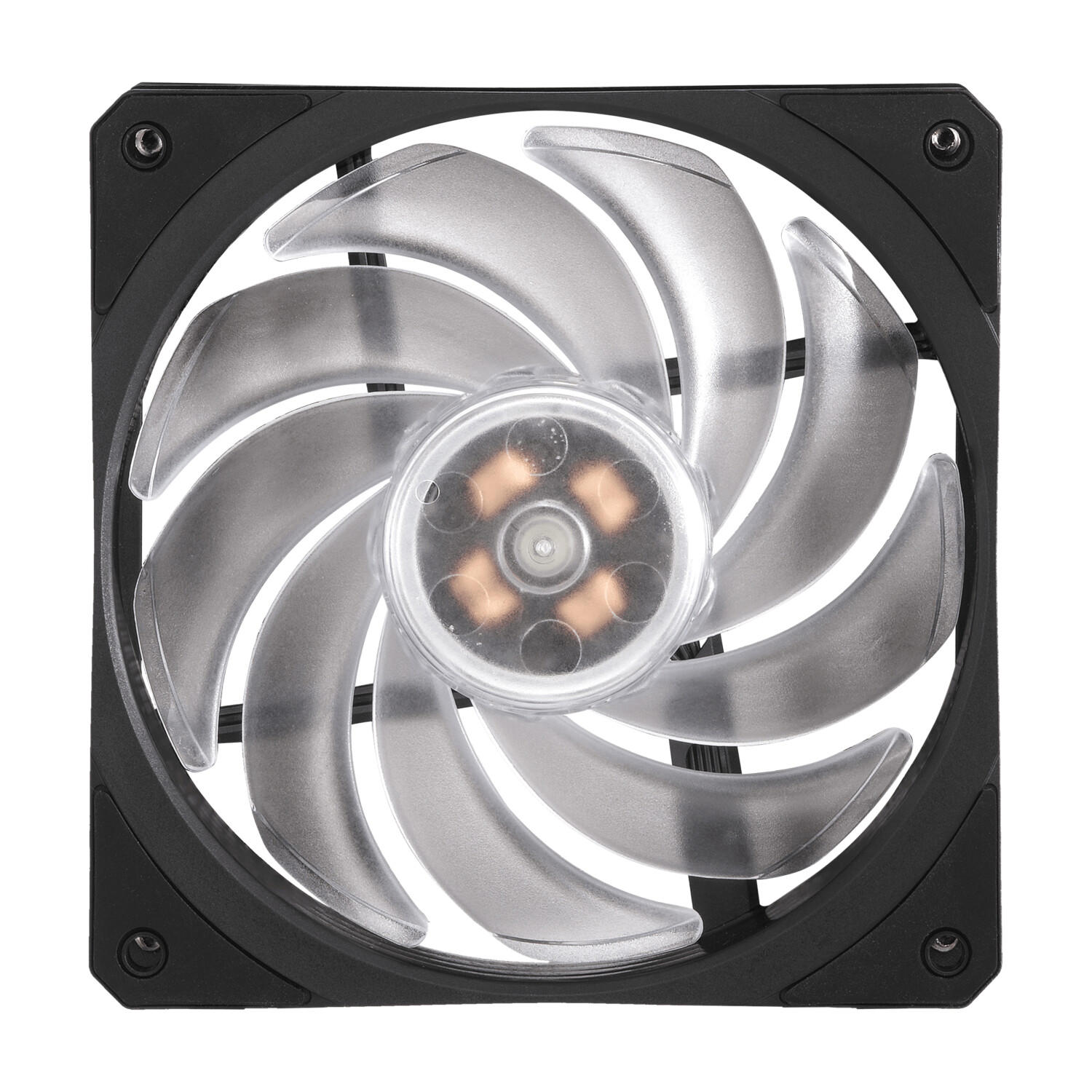
In general, CPU fans’ dimensions and form factors should be carefully assessed to guarantee a proper fit within your system's available space.
Type of fan (air cooling, liquid cooling)
Air cooling is the traditional and popular choice for most computer users. It utilizes one or multiple fans mounted on a heatsink to cool the CPU. This type of fan is generally easier to install, affordable, and effective for normal usage. The Noctua NH-D15 is a prime example of a top-notch air cooler, featuring dual fans, an enormous heatsink, and exceptional heat dissipation capabilities. On the other hand, liquid cooling systems, also known as AIO (All-in-One) coolers, use a combination of a radiator, water pump, and tubes to circulate liquid coolant throughout the CPU. These cooling solutions are suitable for overclockers or gamers in need of maximum thermal management. The Corsair Hydro Series H100i Pro RGB is an outstanding liquid cooler that offers a 240mm radiator, an efficient water pump, and customizable RGB lighting. Both types have their own advantages and it ultimately depends on the user's specific requirements and budget.


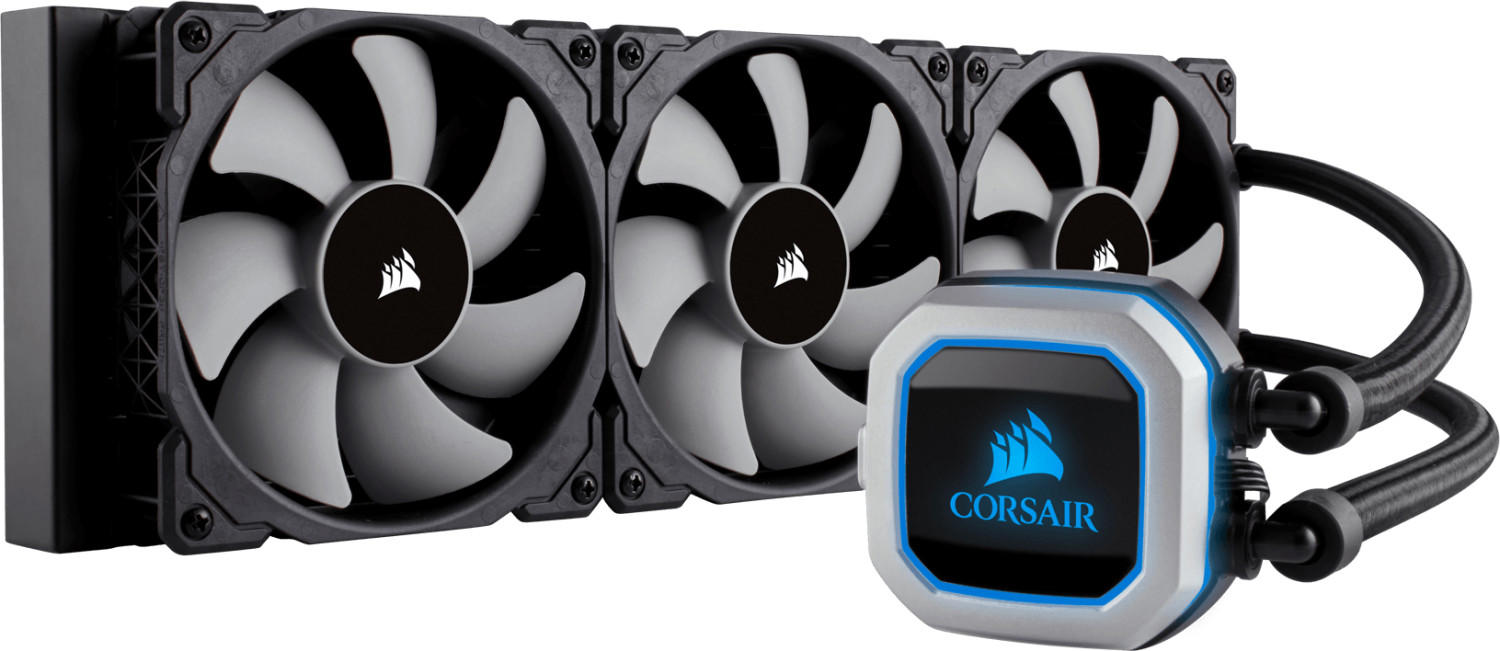
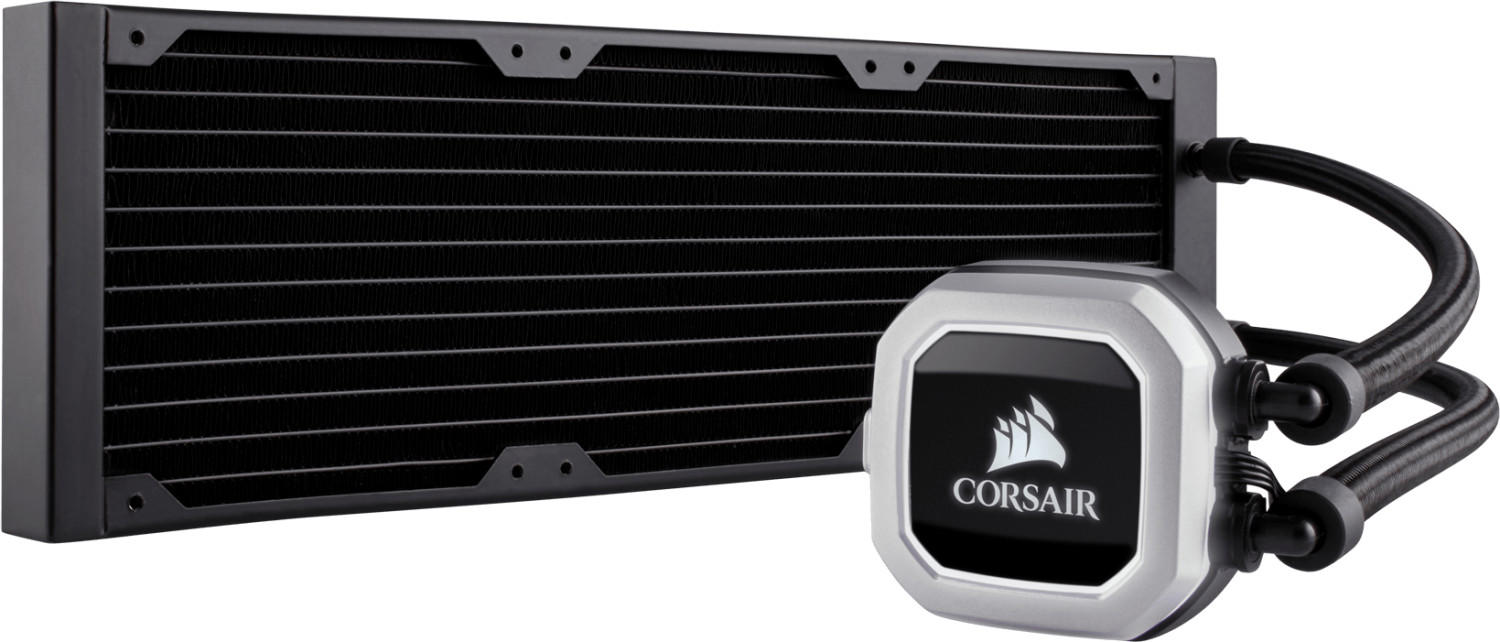
Noise level
This refers to the sound produced by the fan when it is running. Noise levels are typically measured in decibels (dB), with lower values indicating quieter operation. Quiet CPU fans are ideal for users who prioritize a noise-free environment, such as content creators or anyone who values peace and quiet during their work.
Several CPU fans stand out for their exceptional noise levels. One excellent option is the be quiet! Dark Rock Pro 4. With a noise level of only 24.3 dB at maximum load, this fan operates nearly silently. Another top performer is the Noctua NH-D15, boasting a noise level of 24.6 dB. These fans feature advanced technologies like tightly packed fins and optimized blade designs to minimize noise while delivering impressive cooling performance. For those seeking a budget-friendly choice, the Cooler Master Hyper 212 EVO offers a noise level of 31 dB, making it a quieter option at an affordable price point.
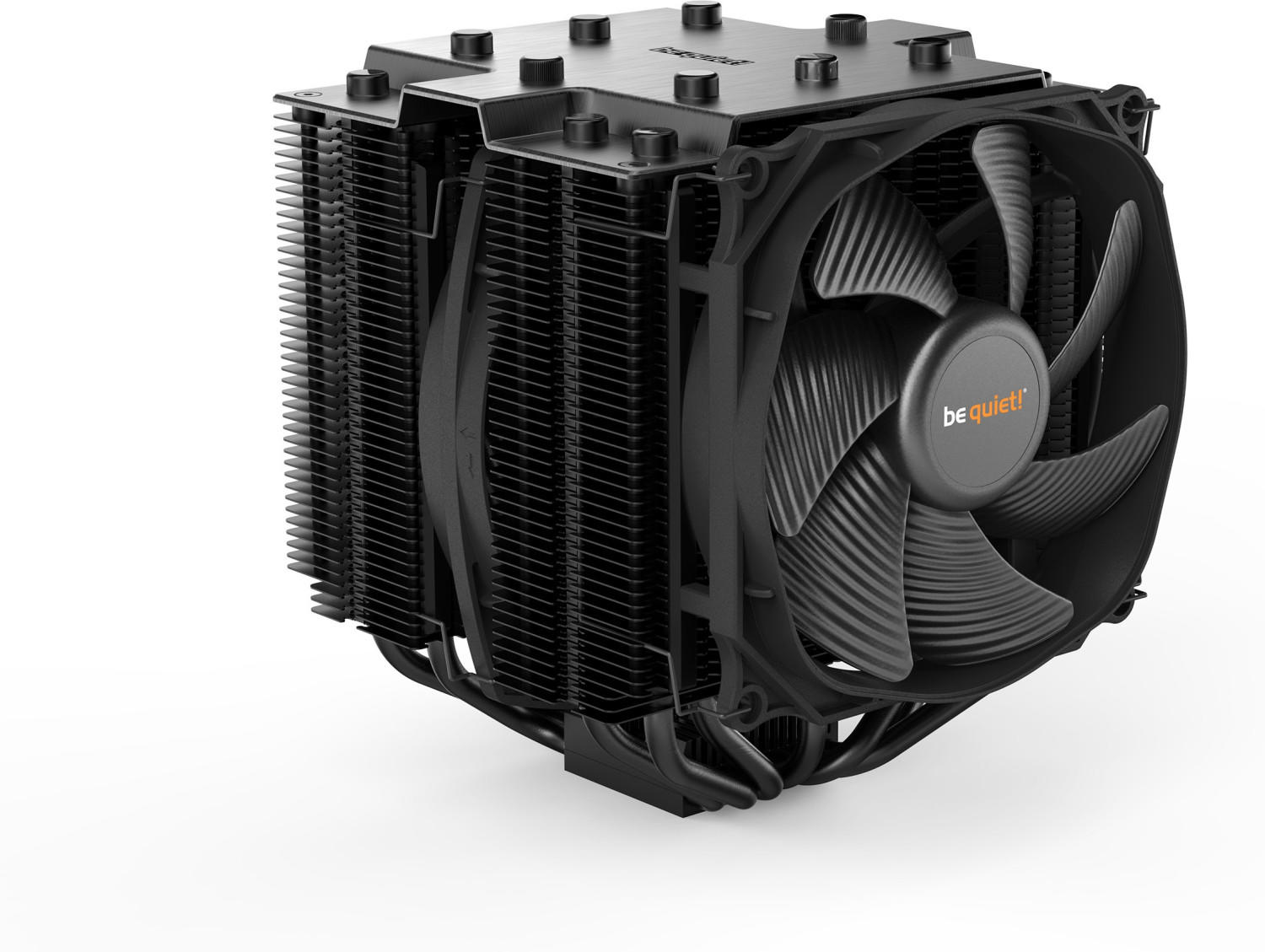


Airflow capacity
It determines the amount of air that the fan can move, which directly affects the cooling efficiency of your CPU. Higher airflow capacity means better cooling performance.
One great option for those looking for high airflow capacity is the Noctua NH-D15 dual-tower CPU cooler. With its six heat pipes and two 140mm fans, it can deliver exceptional cooling performance. The specifications of this CPU cooler state an airflow capacity of 140.2 m³/h.



For those on a budget, the Cooler Master Hyper 212 Evo offers an excellent balance between price and performance. Equipped with four heat pipes and a 120mm fan, it provides ample airflow capacity with a rating of 44.0 - 69.8 CFM.
Fan speed (RPM)
The fan speed determines how fast the blades rotate, and higher RPM generally leads to increased airflow and better cooling performance. However, it is essential to strike a balance between fan speed and noise level. One example of a high-performance CPU fan with an impressive RPM range is the Noctua NH-D15, which offers a rotation speed of 300 RPM to 1500 RPM. This provides sufficient airflow for cooling while keeping the noise levels at a minimum. For those seeking a more budget-friendly option, the Cooler Master Hyper 212 RGB Black Edition is a popular choice with a fan speed range of 650 RPM to 2000 RPM, offering decent cooling capabilities without breaking the bank.




Number of fan blades
The number of blades determines the airflow and the level of cooling provided by the fan. While some fans have a standard design with three or four blades, others offer a higher number of blades to enhance airflow. For instance, the Noctua NF-A12x25 PWM Fan features a unique design with nine blades that ensure excellent airflow while minimizing noise. Another high-quality option is the be quiet! Silent Wings 3 PWM Fan with a seven-blade design that, coupled with its advanced cooling features, delivers optimal air pressure and silence for heat dissipation.
Products can be categorized into three groups based on the number of fan blades:
- Fans with three to six blades, such as the ARCTIC F12 PWM Fan and the
Corsair Air Series AF120 LEDfan. These options offer decent airflow and cooling performance while being budget-friendly. - Fans with seven to nine blades, such as the previously mentioned Noctua and be quiet! fans. These fans provide enhanced airflow and cooling capabilities, making them ideal for systems that require efficient heat dissipation.
- Fans with ten or more blades, such as the
Cooler Master MasterFan MF120 Halo Duo-Ring RGB Fanand the NZXT AER RGB 2 - 3-pack of 120mm RGB PWM Fans. These fans offer maximum air circulation and are often preferred for high-performance systems that generate significant heat.
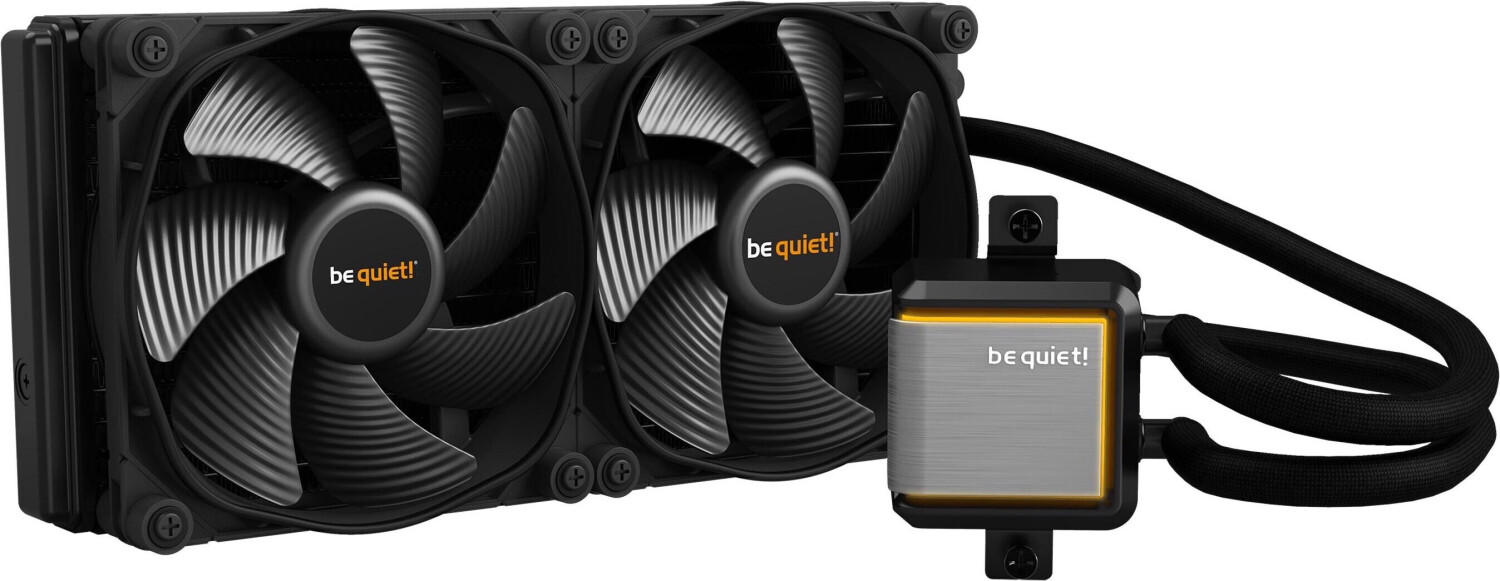

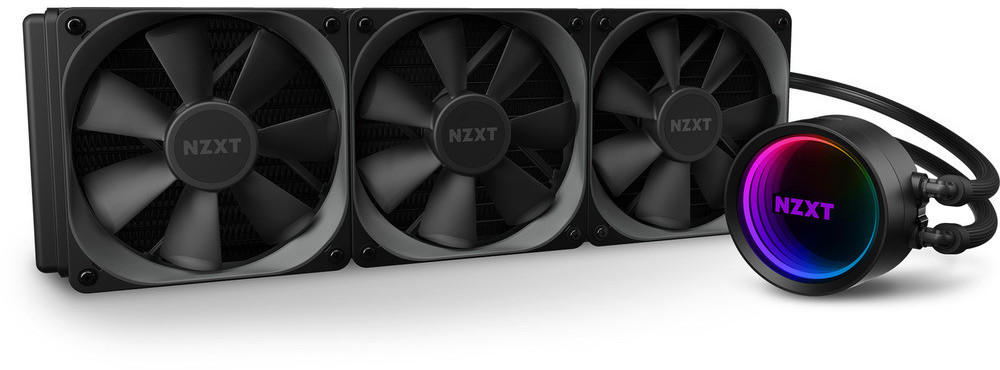
Bearing type
The type of bearing affects the fan's performance, noise levels, and longevity. There are different types of bearing available in the market, including sleeve bearings, ball bearings, and fluid dynamic bearings (FDB).
Sleeve bearings are the most common and affordable type. They consist of a sleeve or bushing that houses the rotating fan shaft. Affordable options in this category include the ARCTIC F12 Silent and the Cooler Master Sleeve Bearing 120mm Silent Fan.
Ball bearings are more durable and suitable for high-performance systems. They have small steel balls that reduce friction and vibration, resulting in quieter operation and longer lifespan. Some notable options with ball bearings include the Corsair AF120 LED Quiet Edition and the Noctua NF-A14 PWM.
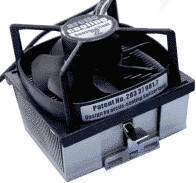
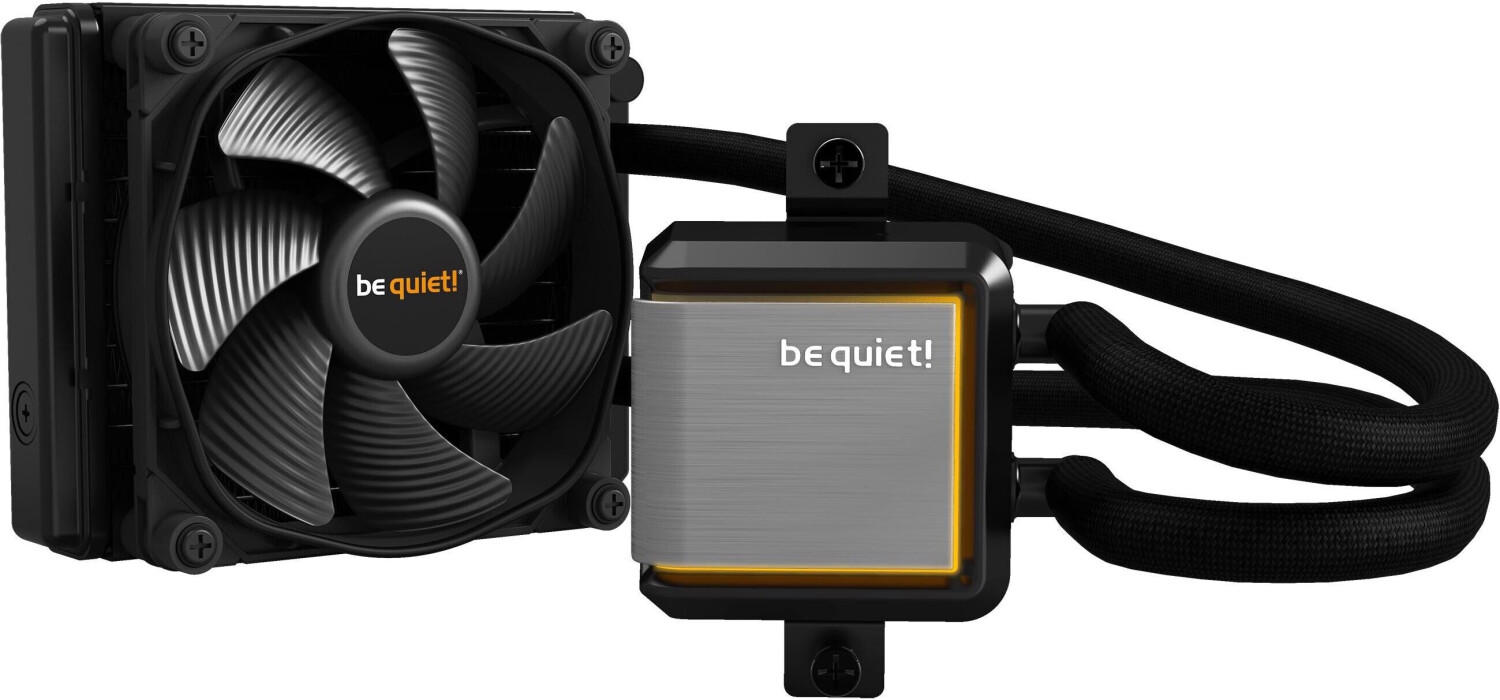

Fluid dynamic bearings, or FDB, combine elements of both sleeve and ball bearings to offer excellent performance and durability. They incorporate a lubricating fluid that reduces friction and noise levels. Two impressive CPU fan options with FDB technology are the be quiet! Silent Wings 3 PWM and the NZXT AER P120.

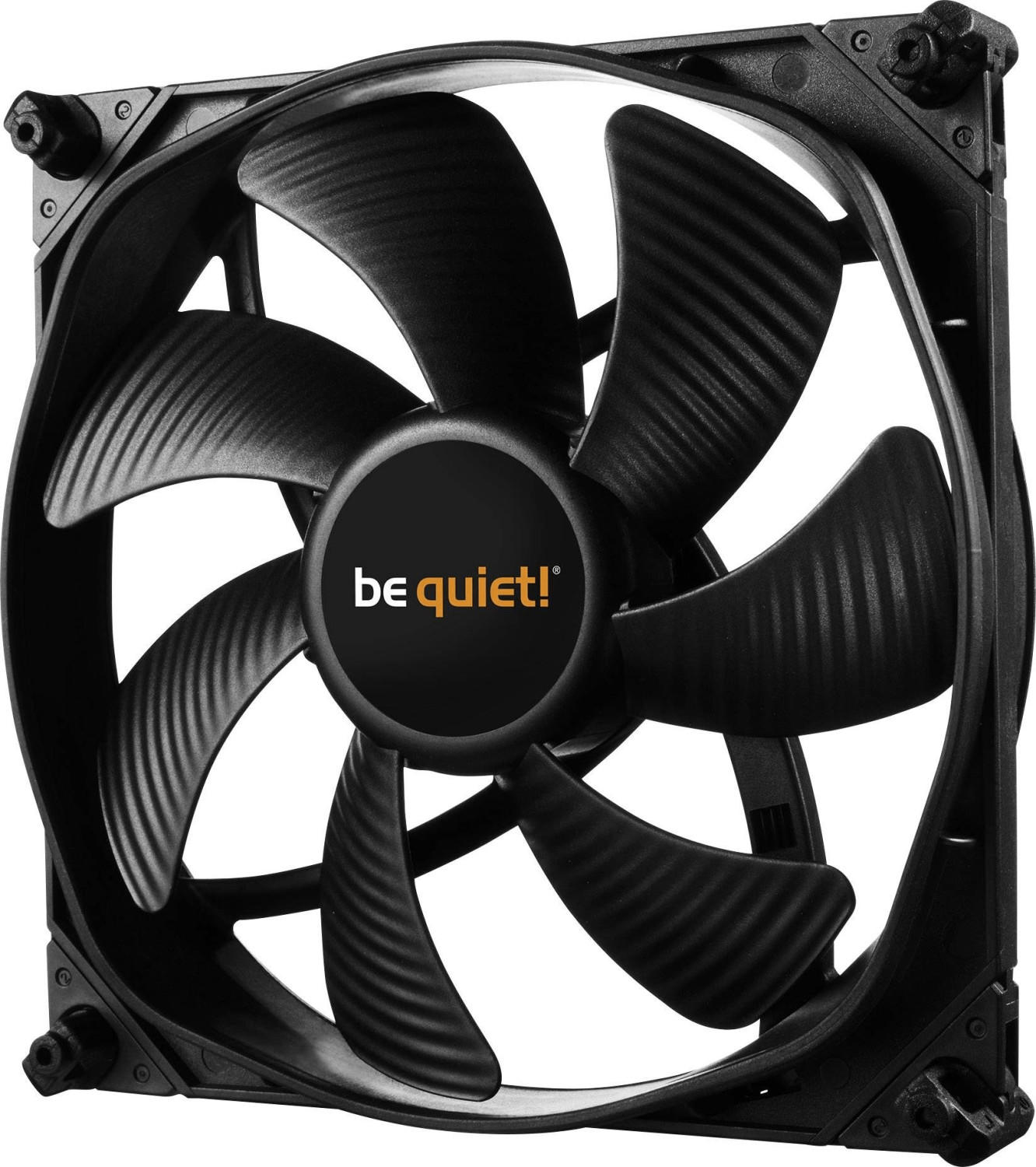


Power consumption
When choosing a CPU fan, it is important to consider the power consumption of the fan. This will determine how much electricity it will use and can also indirectly impact the temperature of your CPU. Generally, fans come in different power ratings, with higher power consumption usually associated with stronger airflow. However, it is essential to strike a balance between power consumption and cooling performance to avoid unnecessary energy usage or potential overheating issues.
There are several CPU fans available on the market that offer efficient power consumption. One standout example is the Noctua NH-D15 high-end dual tower cooler. This fan boasts a power consumption of 0.96W, making it extremely efficient while still delivering outstanding cooling performance. Another noteworthy option is the be quiet! Dark Rock Pro 4 CPU cooler, which features a low power consumption of just 1.44W. These fans stand out for their excellent balance of power consumption and cooling capabilities, ensuring efficient performance without compromise.



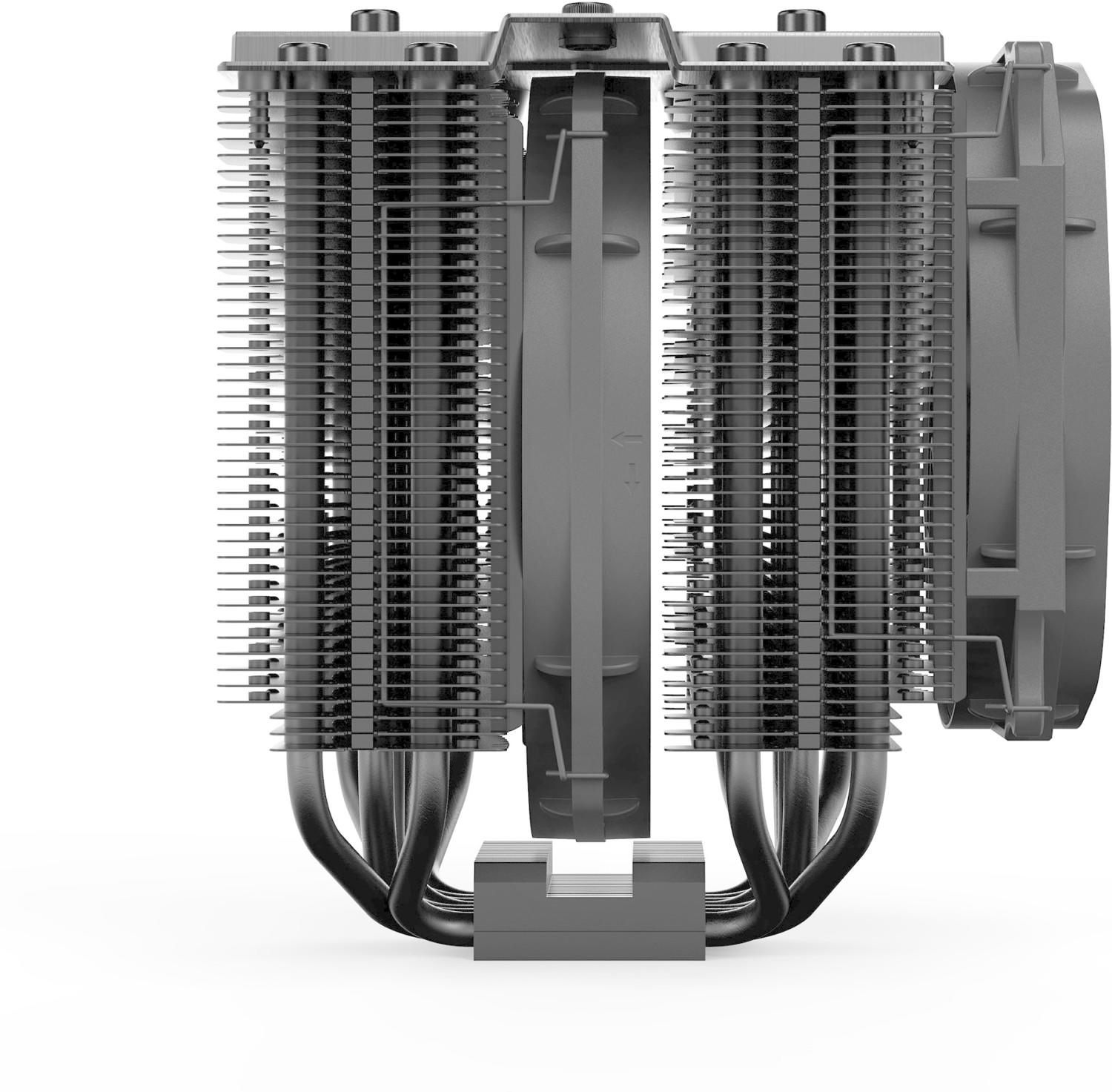
Heat dissipation capability
This refers to the fan's ability to effectively dissipate the heat generated by the CPU, keeping it at optimal working temperatures. One example of a high-performance CPU fan with impressive heat dissipation capability is the Noctua NH-D15. This dual-tower cooler is equipped with two integrated fans, providing excellent airflow and cooling efficiency. With its massive size and six heat pipes, the NH-D15 can dissipate even the most intense heat produced by overclocked CPUs, guaranteeing optimal performance. Another top-performing option is the Cooler Master Hyper 212 EVO. This widely acclaimed CPU cooler features four direct contact heat pipes and a single fan, offering exceptional heat dissipation for both gaming and heavy-duty tasks. Both products boast excellent heat dissipation capabilities, ensuring your CPU remains cool and reliable, even under demanding conditions.




Material of fan blades
The material of the fan blades affects both the overall performance and lifespan of the CPU fan. Ideally, fans with blades made from durable materials such as high-quality plastic or aluminum alloy are more efficient and quieter compared to those with lower quality materials.
One excellent option that stands out in this aspect is the Noctua NF-A12x25 PWM fan. It features specially reinforced polyamide fan blades that are resistant to operational fatigue and ensure long-term stability without compromising on performance. Moreover, its blades are designed with a unique shape called the "Bionic Loop Rotor" that optimizes airflow while reducing noise levels. Another noteworthy fan with durable fan blades is the be quiet! Silent Wings 3 fan. Its advanced seven-blade design with a high-quality fiber-reinforced material provides efficient airflow, noise reduction, and long-term durability.
RGB lighting options
Many gamers and enthusiasts prefer to have a CPU fan that not only provides excellent cooling performance but also adds a touch of visual flair to their PC setup. RGB lighting allows users to customize the colors and effects of their fan to match their personal style or gaming theme.
For those looking for a CPU fan with impressive RGB lighting options, two standout products are the Cooler Master MasterFan MF120 Halo Duo-Ring Addressable RGB Fan and the Corsair LL Series LL120 RGB Fan. Both fans feature a dual-ring design that creates stunning lighting effects. The Cooler Master MF120 Halo offers a total of 24 LEDs split evenly between the inner and outer rings, producing a vivid and vibrant display. On the other hand, the Corsair LL120 RGB fan boasts 16 individually addressable LEDs that can be customized using the Corsair iCUE software. Both fans support various lighting effects, such as color cycling, static colors, and even synchronization with compatible motherboards or other RGB components. Whether you're going for a subtle or bold lighting setup, these fans offer exceptional RGB options to enhance your PC aesthetics.
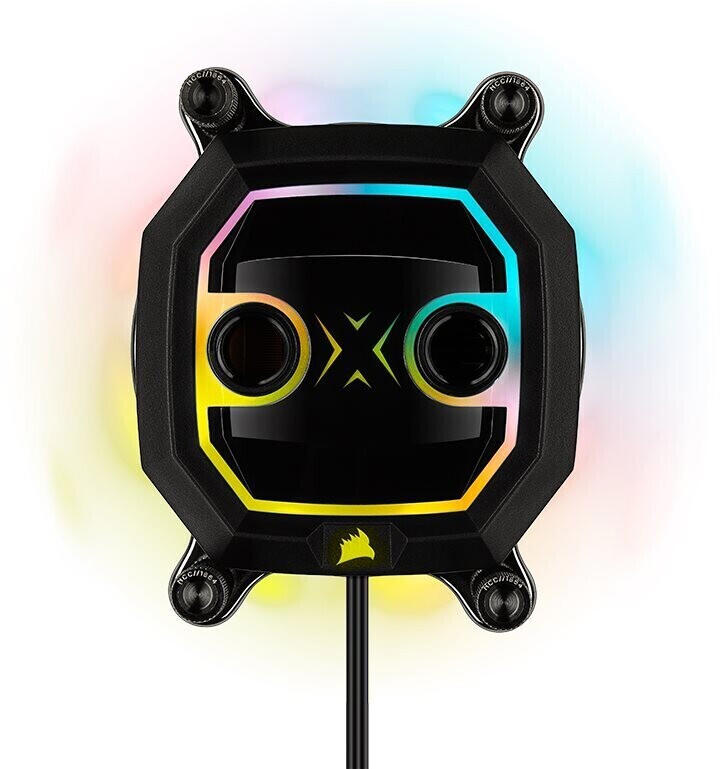
Fan control options (PWM, voltage control)
The two most common options are PWM (Pulse Width Modulation) and voltage control. PWM fans work by adjusting the fan speed based on the pulse width of the power signal they receive, allowing for precise control of the fan speed. Voltage control fans, on the other hand, regulate the fan speed by adjusting the voltage level supplied to the fan.
For users looking for fans with PWM control, the Noctua NH-D15 is a top choice. It features two premium-grade 140mm PWM fans that provide a wide range of speed control from low to high, ensuring optimal cooling performance while keeping noise levels in check. Another popular option is the be quiet! Dark Rock Pro 4, which boasts a virtually inaudible Silent Wings 3 120mm PWM fan paired with a 135mm PWM fan. This combination offers efficient cooling performance with flexibility in fan speed adjustments.




For those in need of fans with voltage control, the Cooler Master Hyper 212 EVO is a reliable option. With its 4th generation patented direct contact heat pipes and a highly versatile 120mm fan, users have the ability to adjust the fan speed from a minimum of 600 RPM to a maximum of 2,000 RPM using voltage control. Another alternative is the ARCTIC Freezer 34 eSports DUO, featuring two 120mm PWM fans that can be controlled via voltage control. These fans offer a wide range of speed settings to cater to different users' cooling needs while maintaining a silent operation.



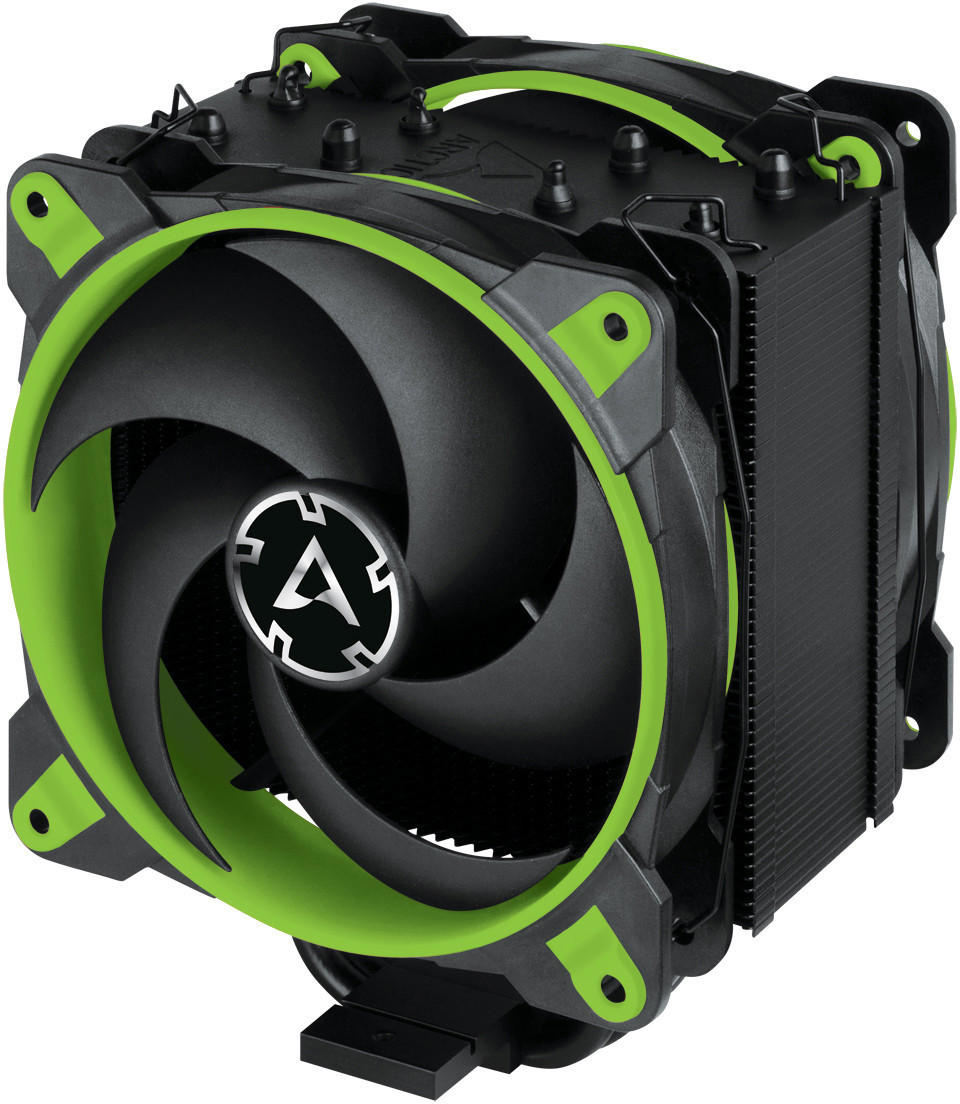
Number of heat pipes
Heat pipes are responsible for transferring heat away from the CPU and dispersing it to the fan heat sink, improving its cooling performance. More heat pipes generally result in better heat dissipation and lower temperatures.
One excellent example of a CPU fan with multiple heat pipes is the Cooler Master Hyper 212 Evo. This fan features four direct contact heat pipes that effectively absorb and transfer heat from the CPU to its aluminum heat sink. This results in efficient heat dissipation and allows for stable and reliable cooling performance. Another top-notch choice is Noctua NH-D15, which boasts a dual-tower design, utilizing six heat pipes to deliver exceptional cooling capabilities. These renowned models are highly regarded in the market and have received positive reviews for their effective heat pipe configurations.



Heat pipe material (copper, aluminum)
Copper is known for its superior thermal conductivity, making it an excellent choice for heat pipes. It efficiently transfers heat from the CPU to the cooling fins or radiator. One example of a CPU fan that utilizes copper heat pipes is the Noctua NH-D15. This high-performance air cooler features six copper heat pipes with a diameter of 6mm and a nickel-plated base. The copper heat pipes ensure efficient heat transfer, resulting in excellent cooling performance.
On the other hand, aluminum heat pipes are also commonly used in CPU fans. While aluminum has lower thermal conductivity compared to copper, it is lighter and more affordable. One example of a CPU fan that uses aluminum heat pipes is the Cooler Master Hyper 212 RGB Black Edition. This cooler features four direct contact heat pipes made from aluminum and a solid aluminum fin structure, providing efficient heat dissipation for the CPU.




In the market, CPU fans can be segmented into two groups based on their heat pipe material - those with copper heat pipes for superior performance and those with aluminum heat pipes for a more budget-friendly option.
Heat sink material
Most heat sinks are made from either aluminum or copper, each with their own benefits and drawbacks. Aluminum heat sinks are lightweight, affordable, and provide good heat dissipation, making them a popular choice for budget-conscious consumers. They work best in scenarios where airflow is high, such as in open-air cases or with high-performance fans. An excellent example of an aluminum heat sink is the Cooler Master Hyper 212 EVO, which features four direct contact heat pipes and a large fin surface area for excellent heat dissipation.
On the other hand, copper heat sinks offer superior heat conductivity and are ideal for situations where heat needs to be quickly transferred away from the CPU. They are heavier and more expensive than aluminum, but they provide better cooling performance in scenarios with restricted airflow, such as in small form factor cases. One notable copper heat sink is the Noctua NH-D15, which utilizes dual radiators with efficient design and heat pipes to ensure silent and effective cooling.




With both aluminum and copper options available, it is important to consider your specific PC setup and cooling requirements before deciding on the appropriate heat sink material for your CPU fan.
Fan placement (front, top, rear)
Different fan placements have an impact on the overall cooling performance of your system.
For front placement, fans are typically used for intake to bring in cool air from outside of the case. The Noctua NF-A14 fan, with a speed range of 300 – 1500 RPM and a maximum airflow of 82.5 CFM, is an excellent choice for front placement. It features a superior design and airflow optimization, ensuring efficient cooling for your CPU.
For top placement, fans serve as exhausts to remove the hot air that rises inside the case. One example that stands out is the Corsair ML140 Pro fan, which operates at a speed range of 400 – 2000 RPM and delivers an airflow of 97 CFM. With magnetic levitation technology and customizable RGB lighting, this fan not only provides superb cooling but also adds a touch of aesthetic appeal to your system.
Finally, for rear placement, fans help in expelling warm air from the back of the case. The ARCTIC P12 fan, operating at a speed range of 180 – 2000 RPM, offers a high static pressure design to push air efficiently out of the case. With a maximum airflow of 56.3 CFM, this fan is an affordable and reliable option for rear placement.
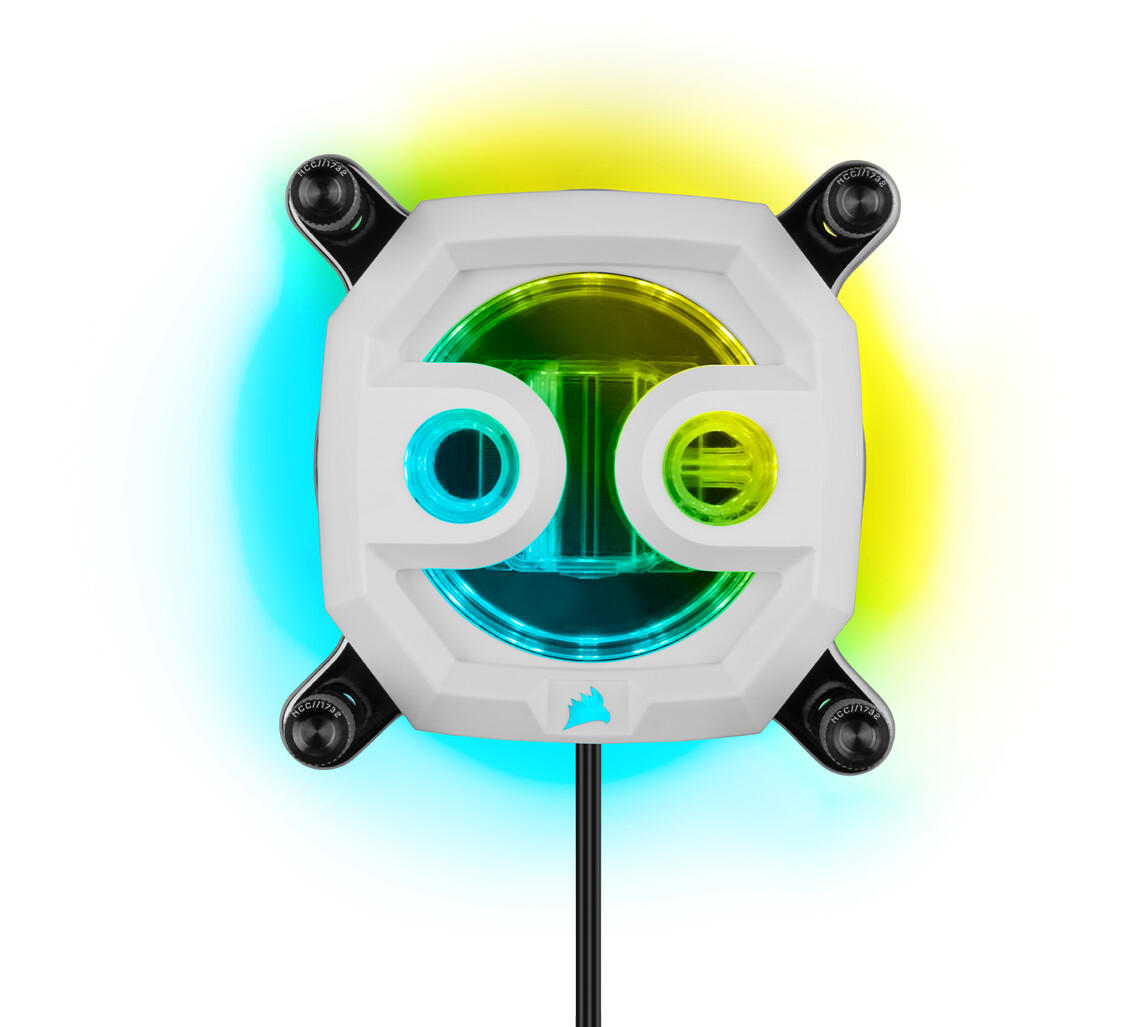
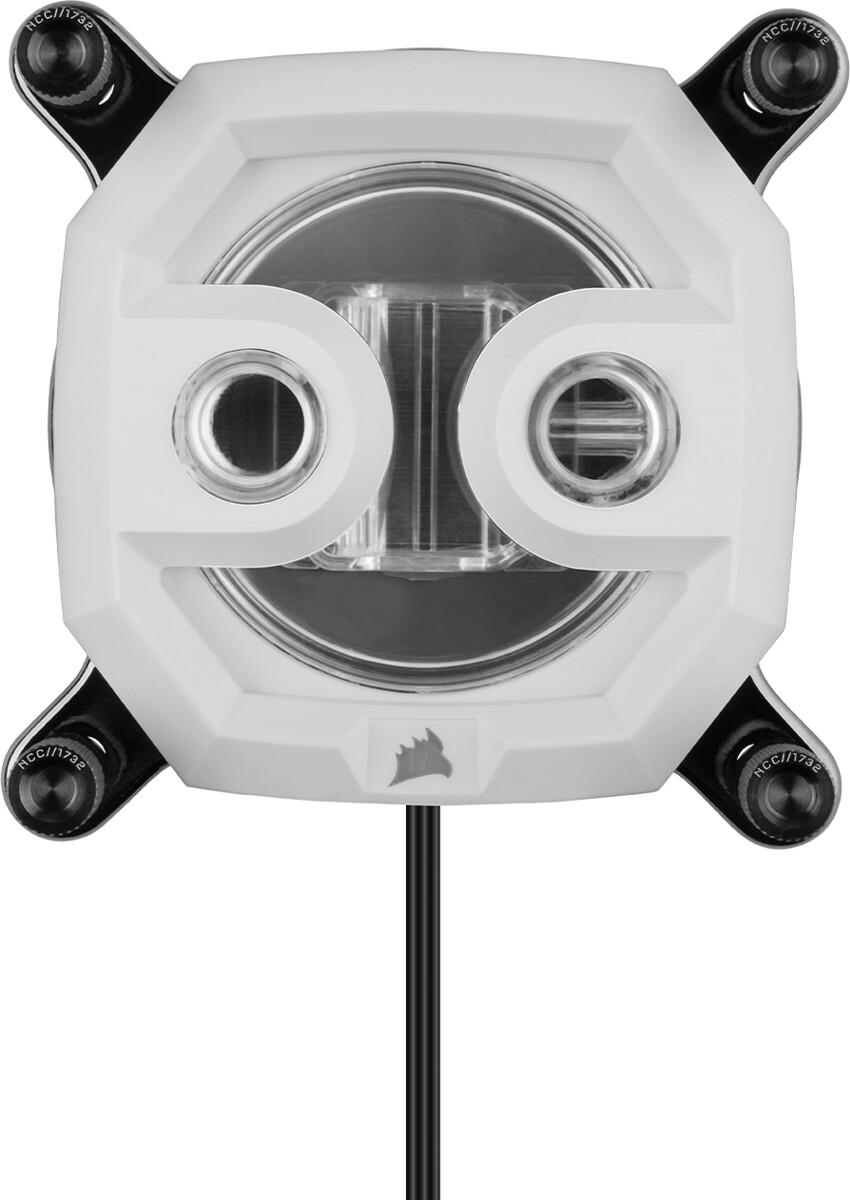
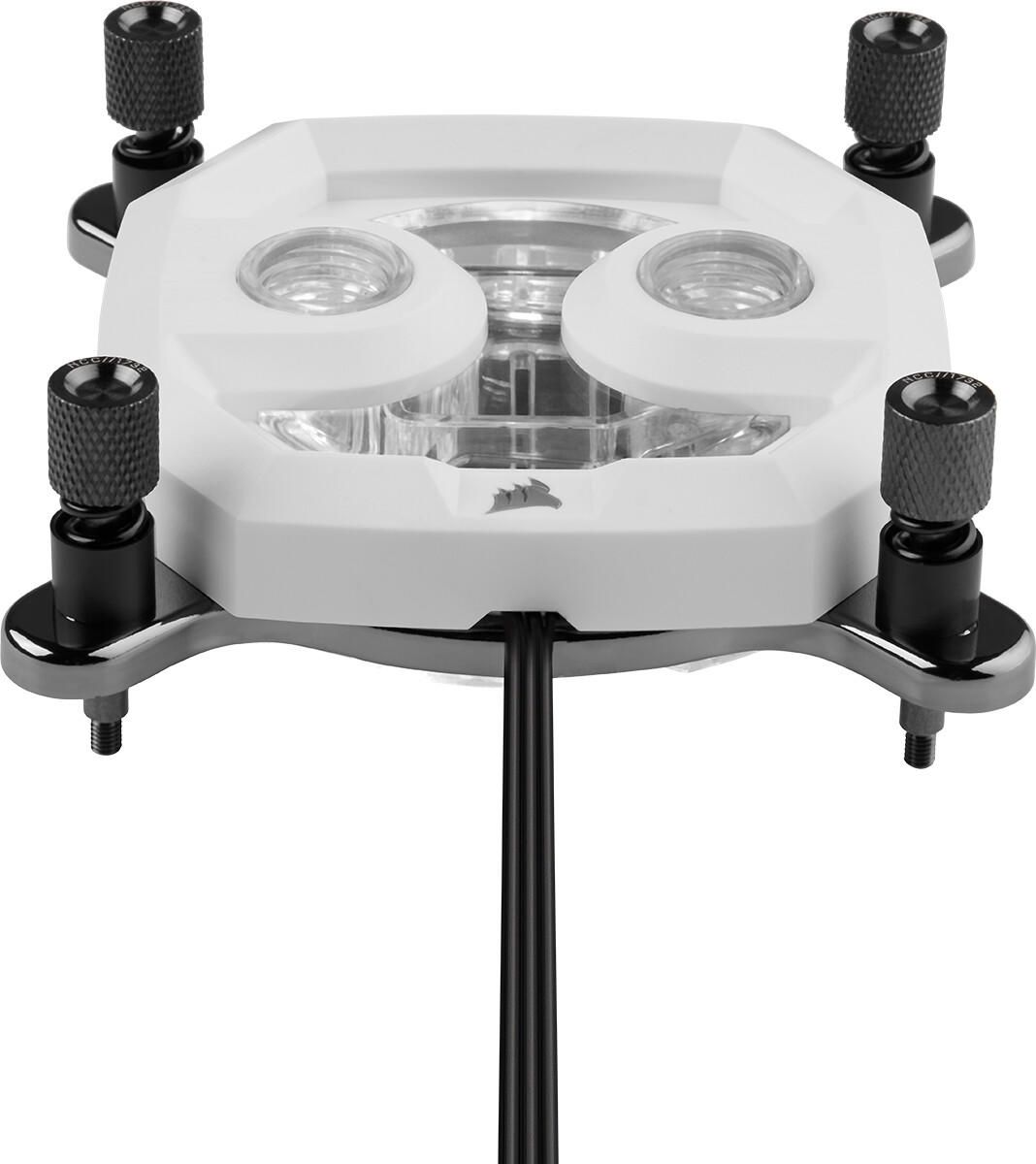
Considering the placement of your CPU fans within your PC case is crucial for optimal cooling performance. These examples provide specific products that correspond to each group, ensuring you can select the best and right CPU fans according to your specific needs and requirements.
Support for overclocking
One key aspect to look for is a high-end cooling solution that can handle the increased heat generated from overclocking. One such product that stands out is the 'Noctua NH-D15' fan. With its innovative dual tower design, six heatpipes, and dual 140mm fans, it offers exceptional cooling performance.
Another option to consider is the 'Corsair Hydro Series H115i PRO' all-in-one liquid CPU cooler. This powerful cooler features a 280mm radiator and dual 140mm fans to provide ample cooling for overclocked processors. It also comes equipped with Corsair's Zero RPM mode, allowing for silent operation during low-intensity tasks.
For those looking for a more budget-friendly option, the 'Cooler Master Hyper 212 Evo' is a popular choice. This CPU fan boasts four direct contact heatpipes and a 120mm PWM fan. It also has excellent compatibility with a wide range of CPU sockets, making it a versatile option.



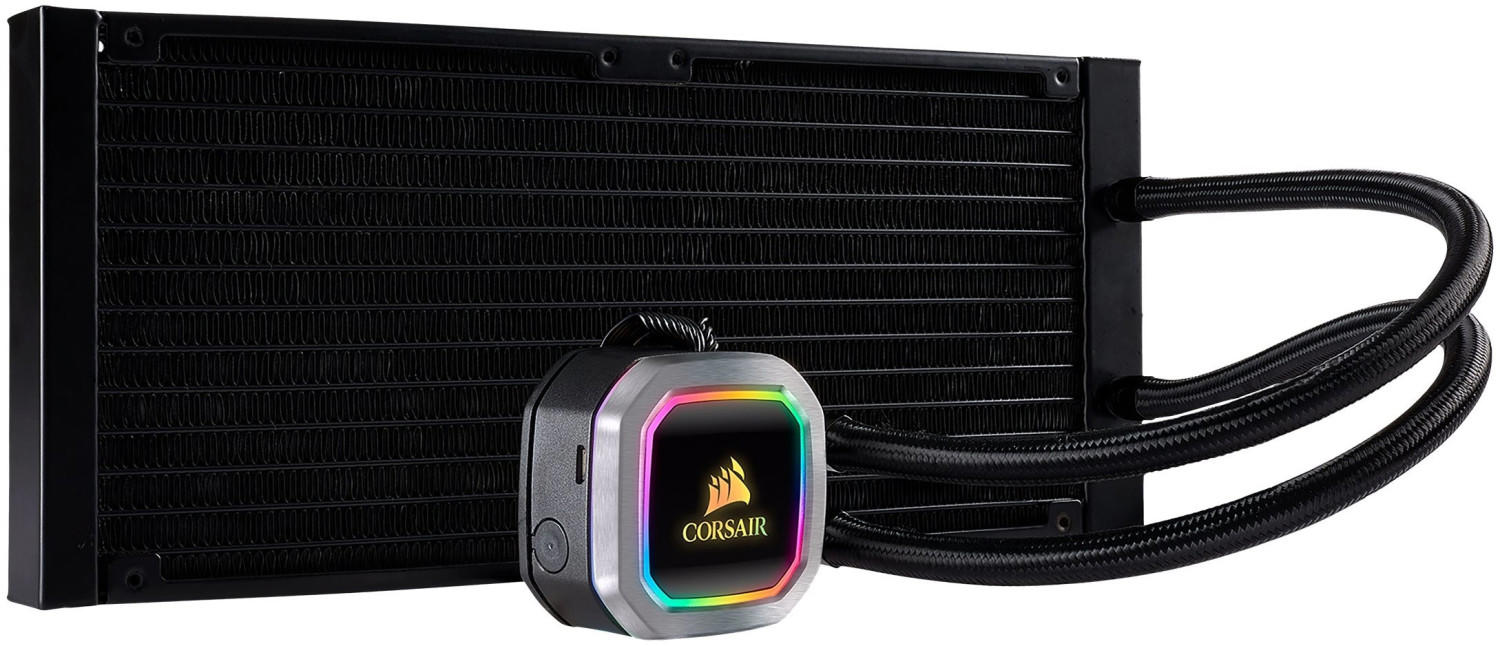
However, it is worth noting that the performance of these CPU fans may vary depending on various other factors such as system airflow and processor voltage. Before making a final decision, it is advisable to consult expert reviews and consider other aspects such as noise levels and compatibility with your specific CPU socket.
Easy installation and removal
Look for fans that come with a simple and straightforward installation process, allowing you to easily mount it onto your CPU without any hassle. Some fans feature tool-free installation mechanisms, such as the Corsair iCUE H115i RGB PRO XT that comes with a quick and easy mounting bracket system. Additionally, removable fans are desirable if you often need to clean or replace them. The Noctua NH-D15 chromax.Black is a popular choice known for its easy installation and convenient fans that can be easily detached for cleaning.
Another group of CPU fans that prioritize easy installation and removal is liquid cooling solutions. These fans often come pre-filled with coolant and provide a more efficient cooling solution. The Cooler Master MasterLiquid ML240R RGB features larger diameter tubing for easy installation along with a specially designed pump that simplifies the process. Another option could be the NZXT Kraken X63 which also offers a tool-free installation solution with its adjustable mounting bracket. Both of these liquid CPU coolers ensure a hassle-free set-up process while providing excellent cooling performance.

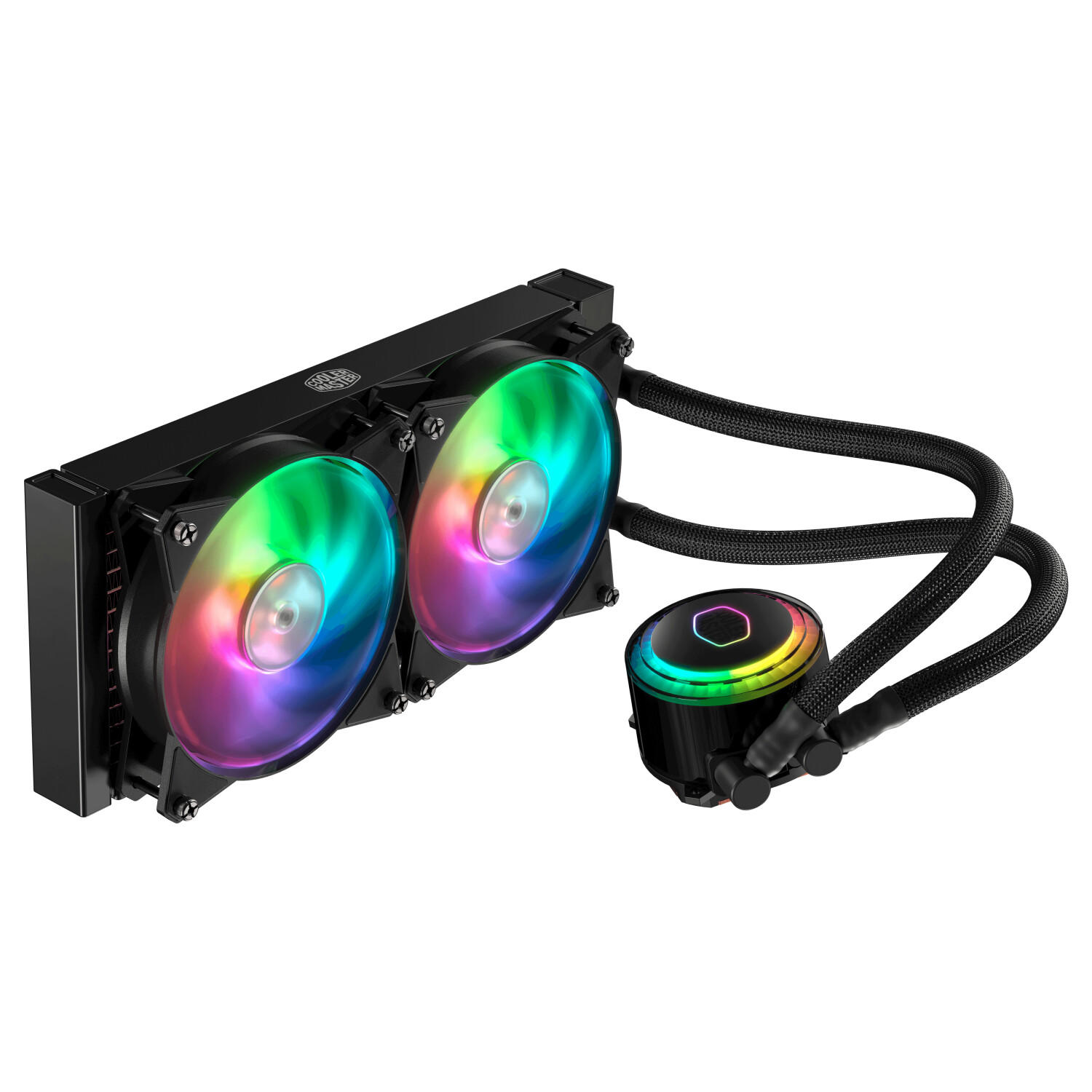


Weight of the fan
The weight of the fan determines its stability and overall performance. A lighter fan may lead to more vibrations and instability, resulting in higher noise levels and decreased cooling efficiency. On the other hand, a heavier fan is generally more stable and reduces the possibility of vibrations, ensuring a quieter and more efficient cooling system.
Segment 1: High-Performance CPU Fans
- Noctua NH-D15s: This CPU fan weighs 1200 grams and features dual fans for excellent cooling performance. With a weighty design, it provides stability and reduces vibrations for quieter operation.
- be quiet! Dark Rock Pro 4: Weighing 1,130 grams, this CPU fan offers exceptional cooling capabilities and a virtually silent operation, thanks to its heavyweight design that minimizes vibrations.
Segment 2: Mid-Range CPU Fans
Cooler Master Hyper 212 Evo: This popular CPU fan weighs 480 grams and offers excellent cooling performance at an affordable price point. With a balanced weight, it provides adequate stability and reduces vibrations for quieter operation.- ARCTIC Freezer 34 eSports DUO: Weighing 641 grams, this CPU fan delivers efficient cooling while maintaining a lightweight design. Its weight is carefully balanced to provide stability without adding unnecessary bulk.



Durability and build quality
High-quality materials and solid construction ensure longevity and reliable performance. Look for fan blades made from sturdy materials such as PBT plastic or hydro-dynamic bearings that provide improved longevity and reduced noise levels.
One excellent example of a CPU fan known for its durability and build quality is the Noctua NH-D15. This dual-tower heatsink is built with six heat pipes that offer outstanding cooling efficiency. Its premium-grade SSO2 bearing provides silent operation, prolonging its lifespan. Another notable option is the be quiet! Dark Rock Pro 4, featuring an advanced cooling design with seven heat pipes and its Silent Wings 3 PWM fan, which delivers optimal durability and quiet performance. These products, known for their solid build and long-lasting performance, highlight the importance of considering durability and build quality when selecting CPU fans.




Manufacturer reputation
Opting for a reliable and well-known brand can ensure not only the overall quality of the product but also excellent customer support and efficient warranty services. One such reputable manufacturer is Noctua. Known for their exceptional cooling solutions, Noctua has a wide range of CPU fans to suit different needs. For example, their NH-D15 model boasts superior cooling performance, featuring two highly optimized NF-A15 140mm fans and an expanded heat sink that ensures efficient heat dissipation. Noctua has also gained acclaim for its long-lasting SSO2-bearing design, which guarantees quiet operation while still offering a high static pressure. Additionally, Noctua offers a 6-year manufacturer's warranty, displaying their confidence in the durability and performance of their products.
bPower connector type (3 or 4-pin)
You typically have two options: 3-pin or 4-pin connectors.
A 3-pin connector offers basic functionality and is commonly found in entry-level and budget-friendly CPU fans. This type of connector provides power to the fan and allows for RPM monitoring. However, it does not offer PWM (Pulse Width Modulation) control, which means the fan speed cannot be adjusted dynamically based on temperature changes.
On the other hand, a 4-pin connector provides greater flexibility and control over fan speed. These fans typically come equipped with PWM functionality, allowing for automatic fan speed adjustment in response to changes in CPU temperature. One example of a reliable CPU fan with a 4-pin connector is the Noctua NH-D15, known for its exceptional cooling performance and quiet operation. Another option worth considering is the be quiet! Dark Rock Pro 4, featuring a 4-pin PWM connector and a well-designed heatsink for optimal heat dissipation.




Ultimately, your choice of power connector type depends on your preferences and needs. If you prioritize quiet operation and efficient cooling, opting for a CPU fan with a 4-pin connector would be a wise decision.
Compatibility with other cooling components (RAM, GPU, case)
One of the key factors to look for is the height of the CPU fan. For instance, the Noctua NH-D15 is a popular CPU fan known for its excellent cooling capabilities and comes with ample clearance for spacious cases that can accommodate higher heat sinks. On the other hand, if you have a smaller case with limited space, the Cooler Master Hyper 212 offers a more compact design while still providing sufficient cooling performance.
For compatibility with RAM modules, it is crucial to check the cooler's RAM clearance. Some CPU coolers, like the be quiet! Dark Rock Pro 4, are designed with offset designs that provide enough clearance for taller RAM modules. Another consideration is the orientation of the CPU cooler. The Noctua NH-U12A features an asymmetrical design, ensuring proper clearance for standard RAM slots without interfering with other components.


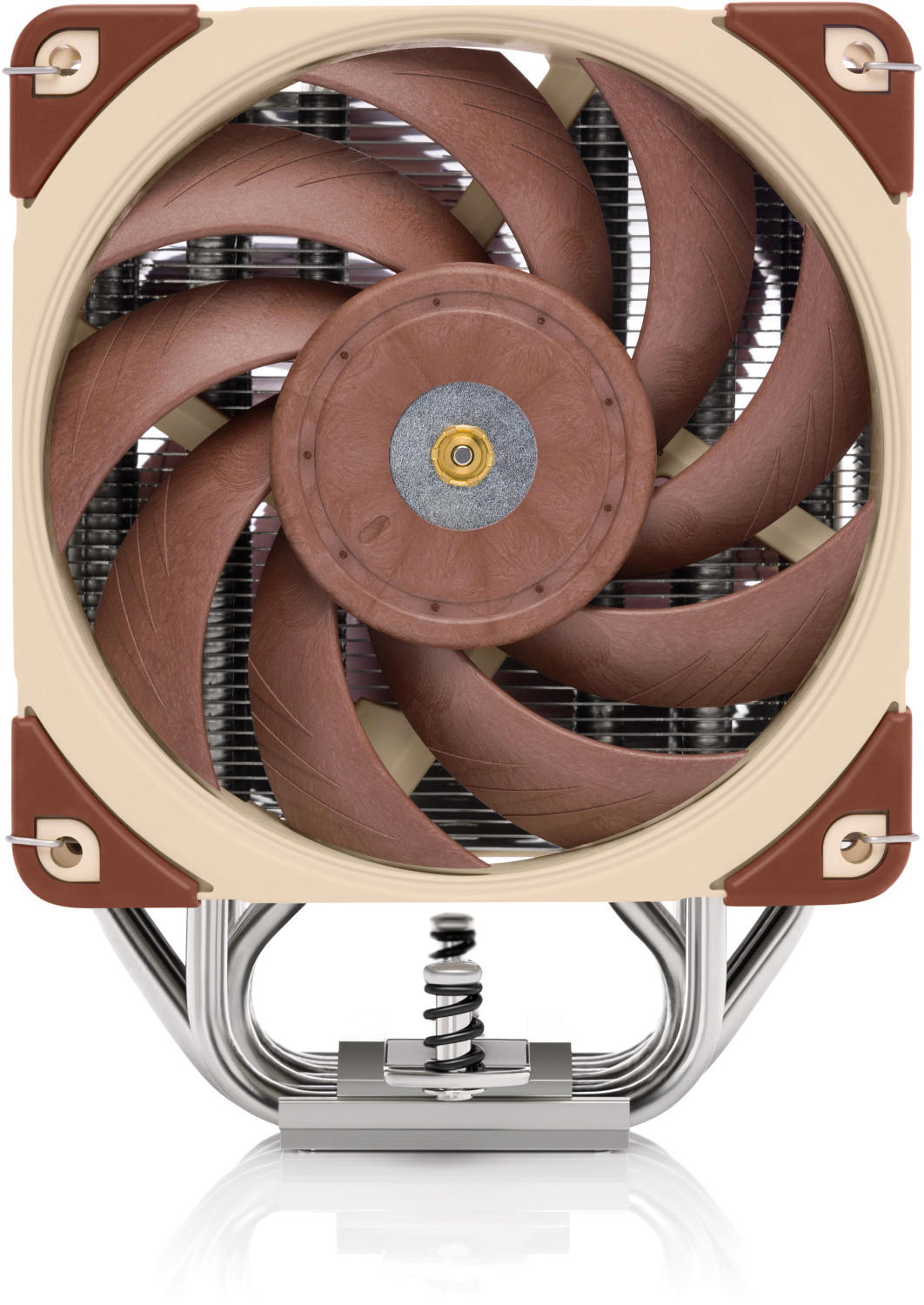
In terms of GPU compatibility, the size and the location of the CPU fan can affect the installation of graphics cards. CPU coolers with a compact design, such as the Corsair A500 and the Arctic Freezer 34 eSports Duo, leave ample space for longer graphics cards, preventing any interference during installation.


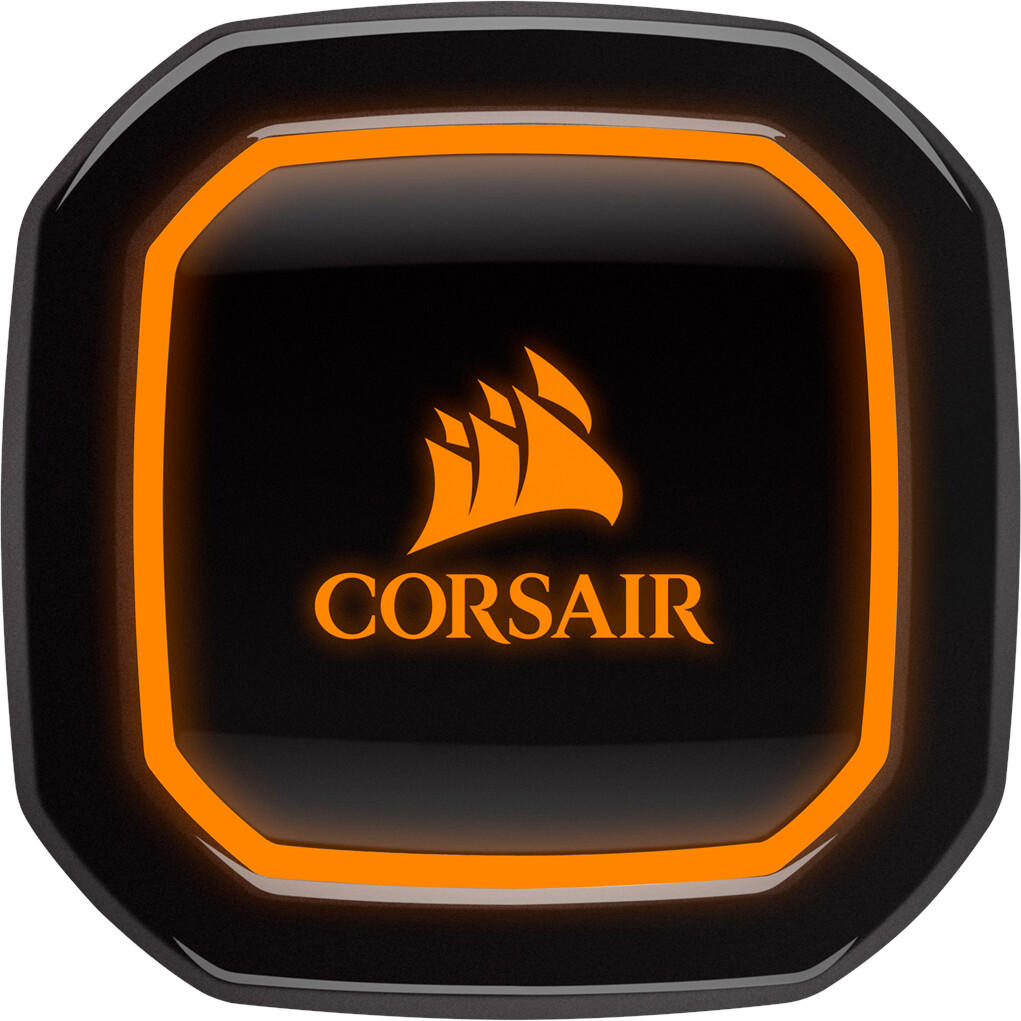
Compatibility with motherboard mounting system
This refers to how the fan physically attaches to the motherboard. There are different mounting systems used by various motherboard manufacturers, such as Intel's LGA (Land Grid Array) and AMD's AM4. It is crucial to select a CPU fan that is specifically designed to fit and attach securely to your motherboard's mounting system.
One popular CPU fan that is compatible with multiple motherboard mounting systems is the Noctua NH-D15. This high-performance CPU cooler not only supports Intel's LGA 115x and 2011(-3) sockets but also AMD AM4, making it suitable for a wide range of motherboards. It features a dual-tower design with 6 heatpipe layout and two premium-grade NF-A15 140mm fans to deliver exceptional cooling performance.



Another great option for those using Intel's LGA socket is the Corsair iCUE H115i RGB PRO XT. This all-in-one liquid CPU cooler is engineered to fit Intel's LGA 115x and 2066 sockets. It features a 280mm radiator with two ML140 PWM fans to provide efficient cooling while maintaining low noise levels.
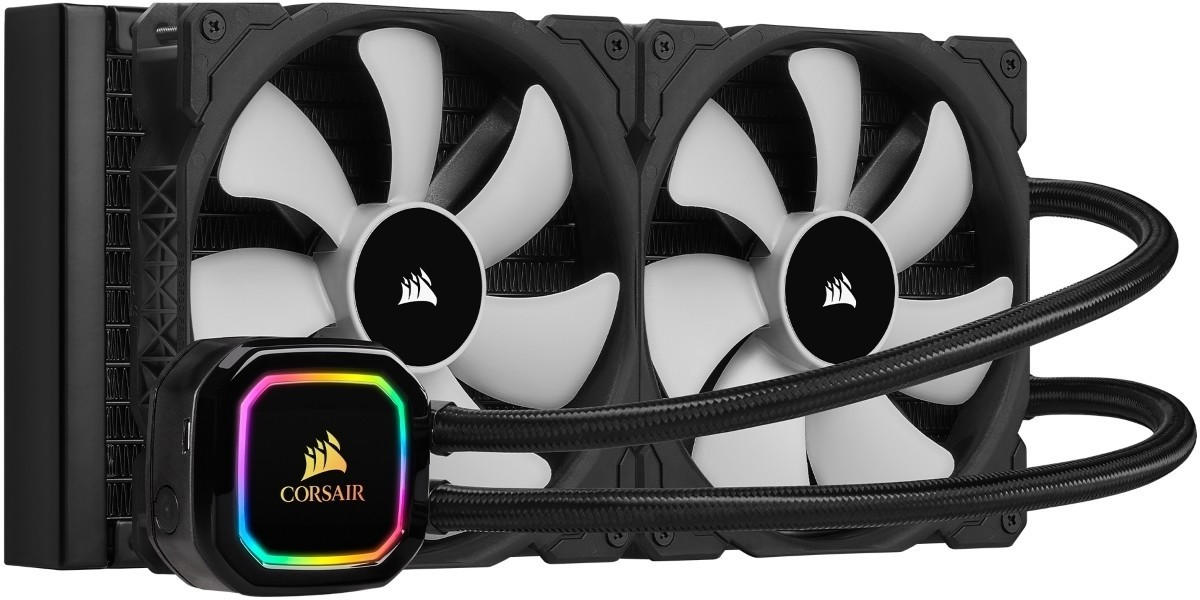
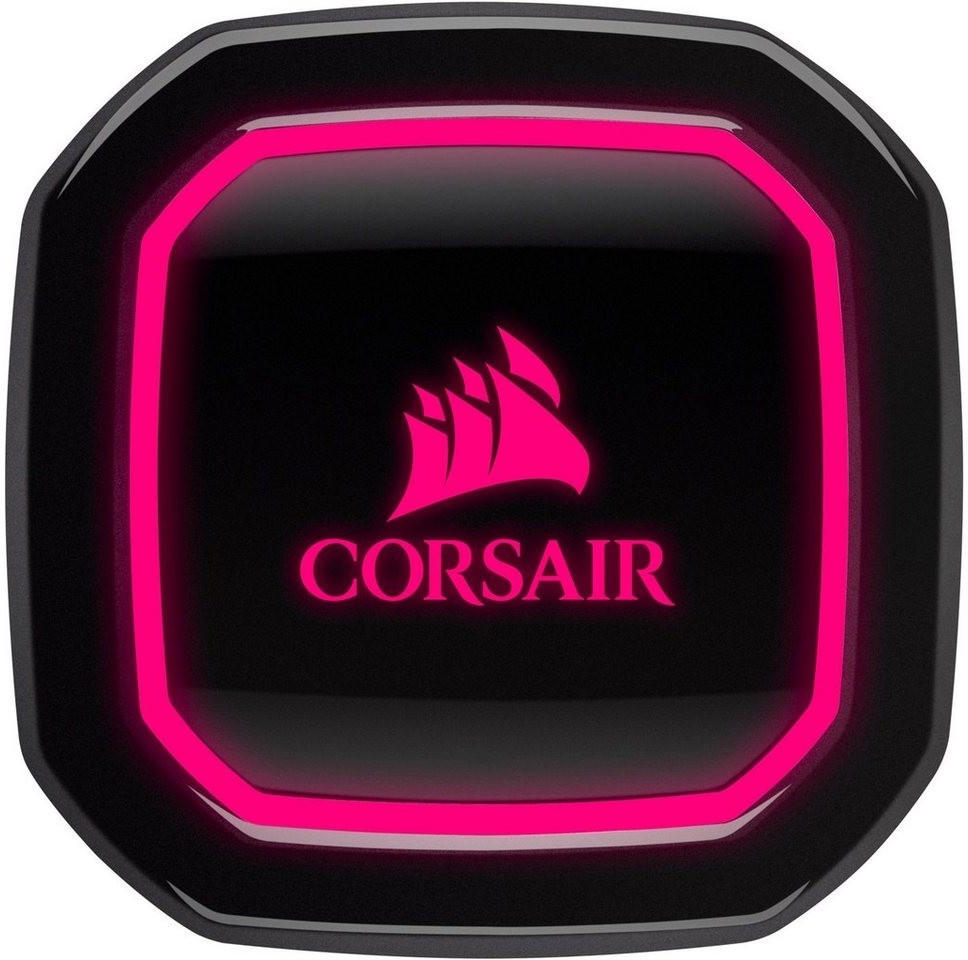
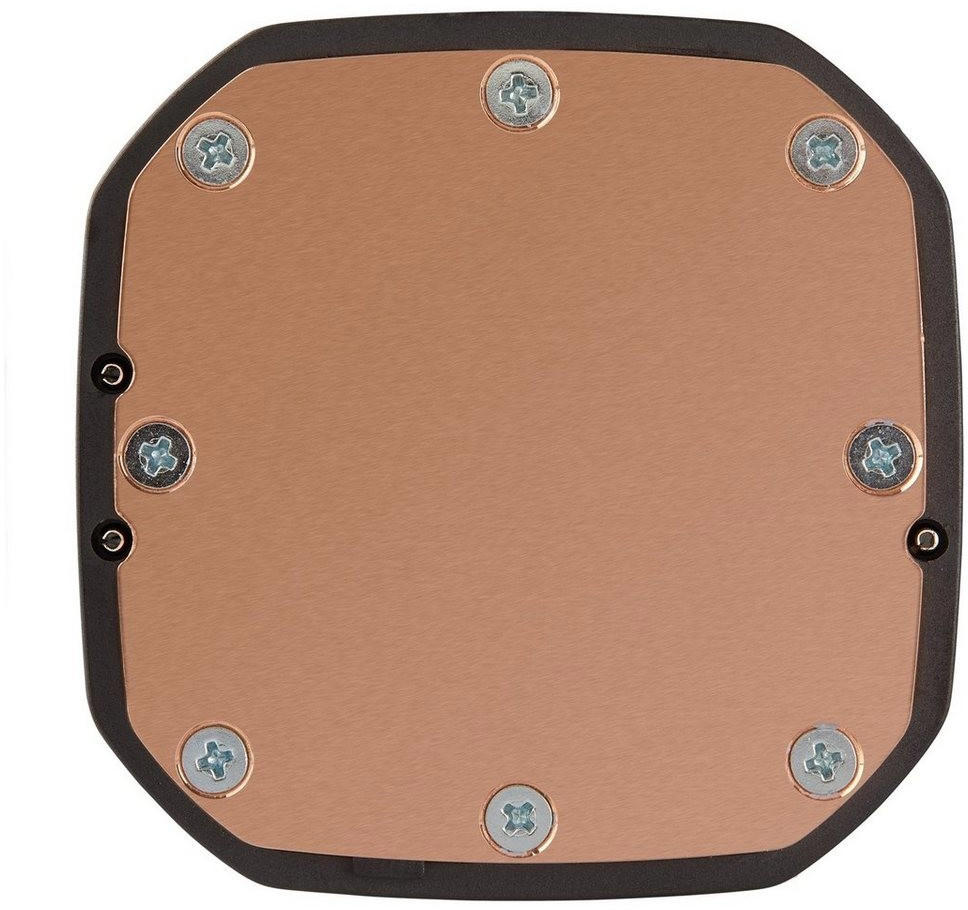
Included accessories (thermal paste, brackets)
One common accessory that comes with CPU fans is thermal paste. A good quality thermal paste can optimize heat transfer between the CPU and the cooler, leading to better overall cooling performance. For instance, the Arctic MX-4 Thermal Compound is a popular choice due to its low thermal resistance and high conductivity, ensuring efficient heat dissipation. Another key accessory to look out for is brackets. These brackets help in securely mounting the CPU fan onto the motherboard. The Noctua NH-D15S 140mm CPU Cooler is an excellent choice that comes with a SecuFirm2 mounting system, making installation hassle-free and ensuring a secure fit. Additionally, some CPU fan manufacturers provide interchangeable brackets for compatibility with various CPU socket types, such as the be quiet! Dark Rock Pro 4 BK022 Dual-Tower CPU Air Cooler with its AM4 kit for AMD Ryzen processors. Ensure that the CPU fan you choose includes these accessories for a smoother installation process and optimal performance.
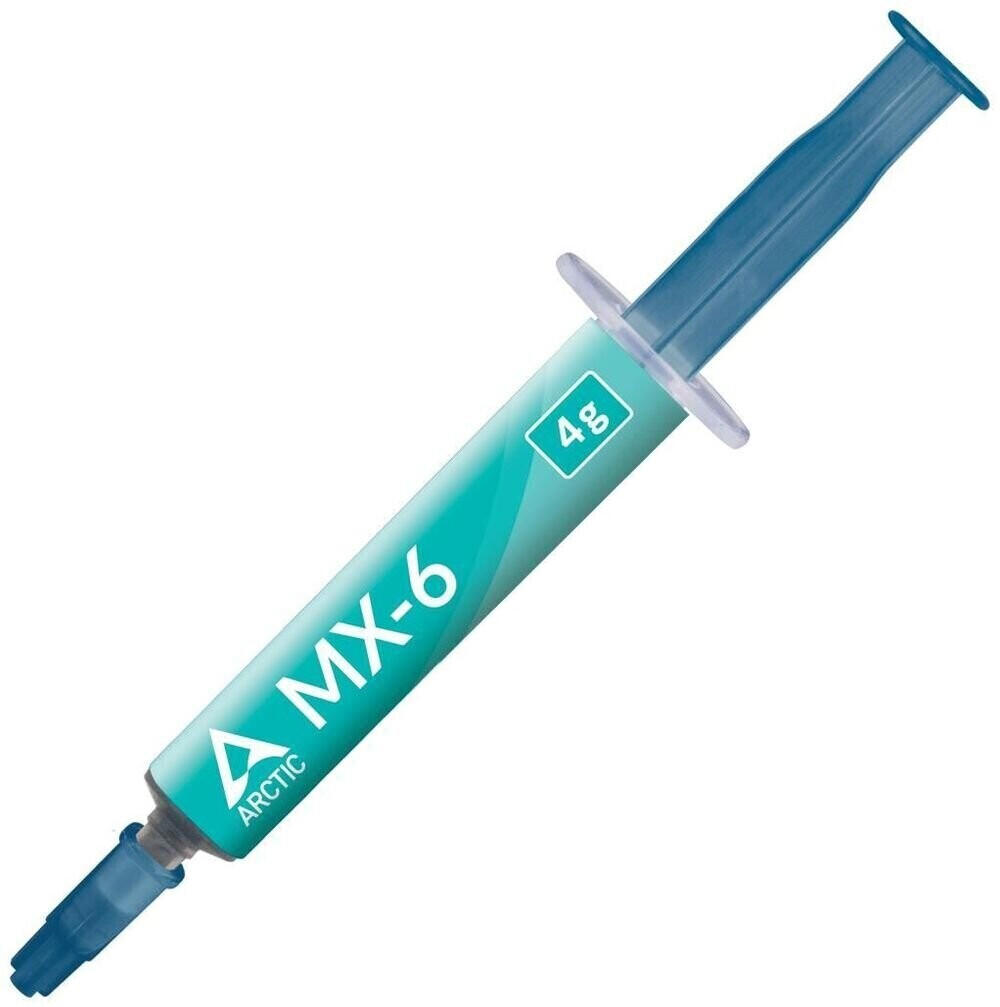


Maximum supported CPU wattage
This specification indicates the maximum amount of power that the fan can handle, ensuring optimal thermal performance and preventing overheating. Some CPU air coolers on the market specifically cater to high-end processors with high wattage requirements. One example is the Noctua NH-D15, which can handle thermal design power (TDP) of up to 220W. Another option is the be quiet! Dark Rock Pro 4, designed for CPUs with a TDP of 250W. For those looking for liquid CPU cooling, there are also options suitable for handling high wattage, such as the Corsair iCUE H150i RGB PRO XT, supporting CPUs up to 300W TDP. It is essential to select a CPU fan with a maximum supported wattage that matches or exceeds the requirements of your specific processor to ensure efficient cooling.


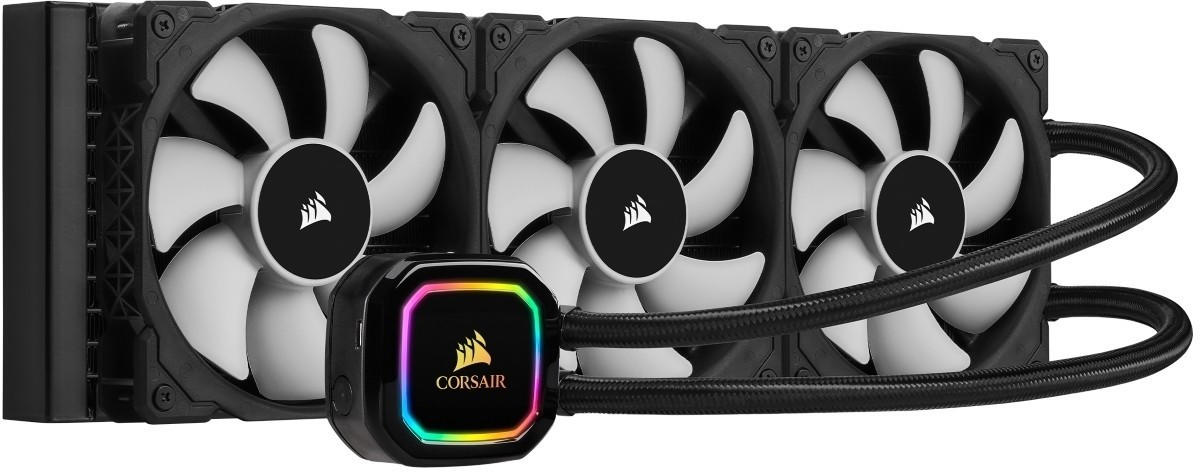
TDP (Thermal Design Power) rating supported
The TDP rating indicates the maximum amount of heat a CPU produces that needs to be dissipated. It is important to select a CPU fan that can handle the determined TDP rating to ensure efficient cooling.
In the market, CPU fans can typically be categorized into three groups based on their TDP rating. The first group is suitable for lower-end processors with TDP ratings below 65W. For example, the Noctua NH-L9i is an excellent choice for low-power CPUs with a TDP rating of up to 65W.
The second group of CPU fans is designed for mid-range processors with TDP ratings between 65W and 95W. The Cooler Master Hyper 212 Evo is widely known for its superior performance and compatibility in this segment with a TDP rating of up to 95W.


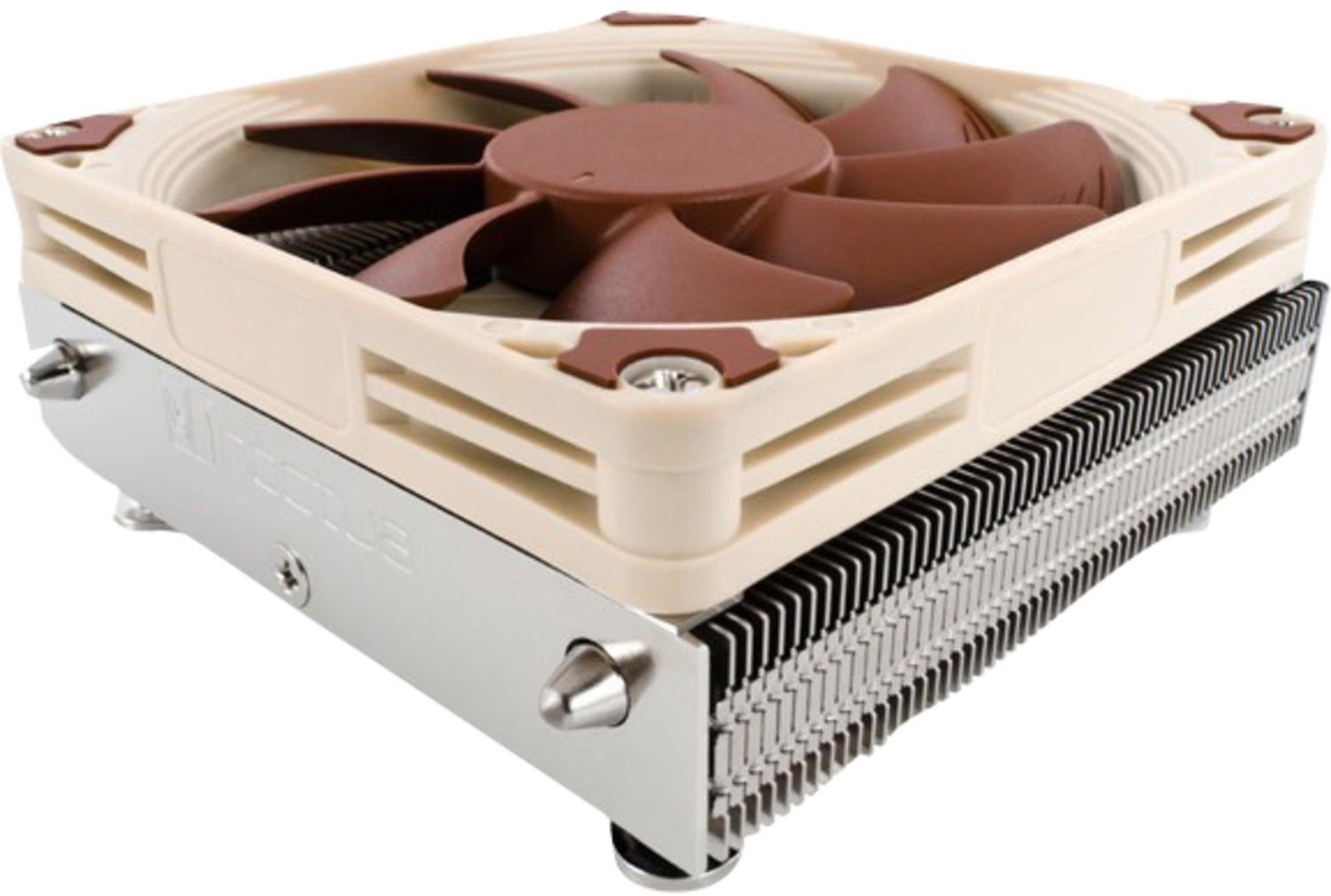
Finally, the third group comprises high-performance CPU fans capable of cooling high-end processors with TDP ratings above 95W. The NZXT Kraken X73 is an exceptional liquid cooling solution that supports TDP ratings up to 280W, making it an ideal choice for power-hungry CPUs. When considering the TDP rating supported, be sure to choose a CPU fan that matches the thermal requirements of your processor for optimal cooling performance.


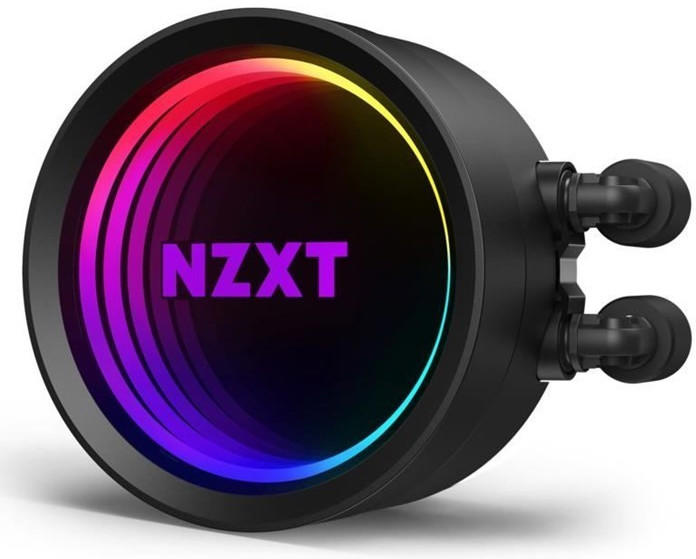
Temperature monitoring features
Many CPU fans on the market come with built-in temperature sensors that allow for precise monitoring of CPU temperatures. One example of a CPU fan with temperature monitoring features is the Noctua NH-D15 which features a built-in thermal sensor which enables thermal management to optimize cooling performance. Another great option is the Corsair iCUE H115i RGB PRO XT, which not only offers temperature monitoring but also comes with customizable RGB lighting for aesthetic appeal. Segmenting the market, there are also budget-friendly options like the Cooler Master Hyper 212 RGB that still offer temperature monitoring capabilities, making it suitable for those looking for an affordable yet reliable solution. These temperature monitoring features provide real-time data and allow users to adjust fan speeds accordingly, ensuring that CPUs stay cool and perform optimally.



Vibration damping capabilities
Vibration can not only cause excessive noise but also potentially damage other components in your computer. Therefore, it is essential to choose a CPU fan that can effectively minimize vibrations. One example of a CPU fan with excellent vibration damping capabilities is the Noctua NH-D15 dual-tower CPU cooler. This fan features Noctua's exclusive SecuFirm2 mounting system with an integrated anti-vibration decoupling mechanism, ensuring optimal success in absorbing and dissipating vibrations. Another high-quality option is the be quiet! Dark Rock Pro 4 CPU cooler. It incorporates six advanced-pure wings fans designed to minimize vibrations and delivers virtually silent operation even under heavy loads. These two CPU fans are among the top choices in terms of vibration damping capabilities, providing a reliable and quiet cooling solution for your CPU.




Longevity and lifespan of the fan
This refers to how long the fan is expected to last and continue operating at its optimal performance level. A longer lifespan is desirable as it means you won't have to replace the fan frequently, saving you time and money.
One great example of a CPU fan with an exceptional lifespan is the Noctua NH-D15. This high-performance air cooler utilizes premium grade SSO2 bearing technology, ensuring an average lifespan of over 150,000 hours or more than 17 years of continuous operation. Another option to consider is thebe quiet! Dark Rock Pro 4. It boasts a lifespan rating of up to 300,000 hours, thanks to its advanced fluid dynamic bearing design.




In terms of different segments of the market, there are also budget-friendly options available that offer decent longevity at a lower price point. The Cooler Master Hyper 212X is such an example, with an average lifespan of 280,000 hours. For those looking for a more compact solution in a small form factor build, the Noctua NH-L9i is a perfect choice, with a lifespan of up to 150,000 hours. Regardless of your specific needs, selecting a reliable CPU fan with a long lifespan is crucial for ensuring optimal cooling performance and longevity for your computing system.
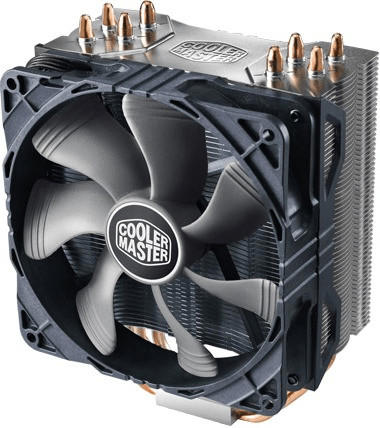
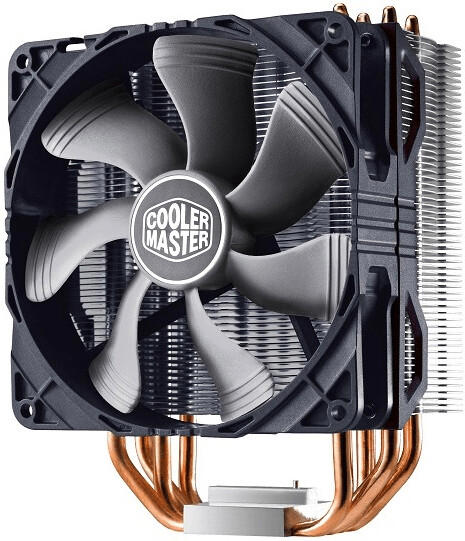


Ventilation direction
This determines how the fan blows air - either towards the heatsink or away from it. It is crucial to choose a fan that matches the ventilation design of your CPU cooler for optimal cooling performance.
One popular option for a CPU fan with a ventilation direction towards the heatsink is the Noctua NH-D15. This high-quality fan has a dual-tower design and features two large 140mm fans that blow air directly towards the heatsink for efficient cooling. With its impressive airflow of up to 82.5 CFM and low noise level of 24.6 dBA, the Noctua NH-D15 is a reliable choice for overclockers or those looking for exceptional cooling performance.
On the other hand, for a CPU fan with a ventilation direction away from the heatsink, the Corsair iCUE H115i RGB Pro XT is a great option. This all-in-one liquid cooler features a 280mm radiator with two 140mm fans. The fans pull air from outside the case and exhaust it through the radiator to cool the CPU. With a maximum airflow of 63 CFM and low noise level of 20.4 dBA, the Corsair iCUE H115i RGB Pro XT offers efficient cooling while maintaining a quiet operation.




Considering the ventilation direction is crucial in selecting the best CPU fan for your system.
Fan blade design for improved airflow
Manufacturers have developed various blade designs to enhance the cooling efficiency of fans. Some popular designs include the "wing-blade" and "spot" fan blades. The Noctua NH-D15, for example, features a dual tower design with "wing-blade" fans, maximizing the airflow and reducing noise. Another option is the be quiet! Dark Rock Pro 4, which leverages its "tunnel" blade design to optimize air pressure and increase cooling performance. Lastly, the Cooler Master Hyper 212 LED Turbo comes equipped with a unique "spot" fan blade design to generate concentrated airflow, improving heat dissipation.
These examples highlight the diverse options available in the market that prioritize airflow improvement through fan blade designs. Nonetheless, it's important to consider other factors such as noise level, compatibility, and overall build quality when choosing the appropriate CPU fan for your specific needs.


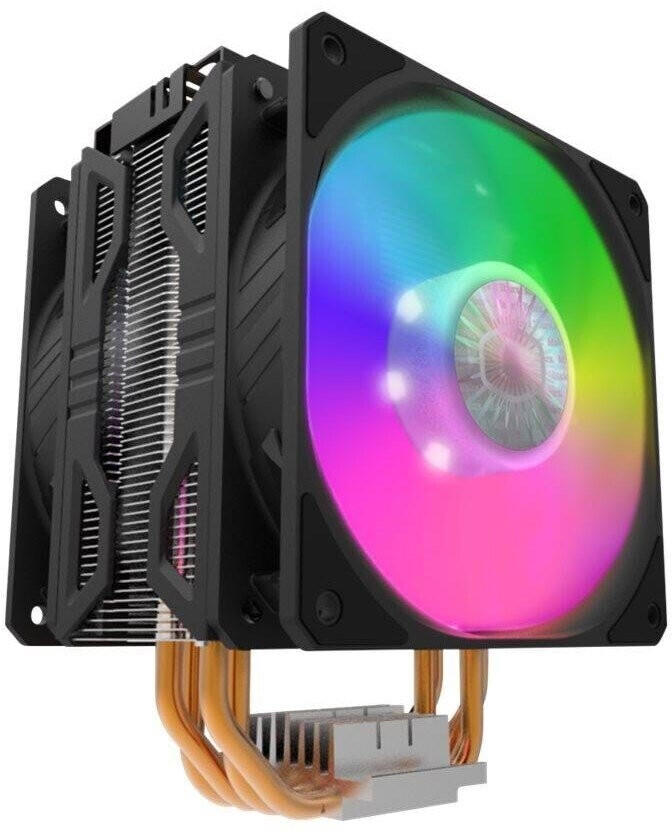
Cleaning and maintenance requirements
Cleaning and maintenance requirements:
It is crucial to consider the cleaning and maintenance requirements of a CPU fan before making a purchase. Proper cleaning ensures optimal performance and improves the longevity of the fan. Some fans feature removable fan blades, enabling easy cleaning and removing dust build-up. For example, the Noctua NH-D15 Chromax.Black Dual-Tower CPU Cooler is equipped with detachable cooling fans that can be easily cleaned. Regular maintenance of the CPU fan is crucial to avoid issues caused by overheating. Additionally, low-maintenance options like the Arctic Freezer 7X CO CPU Cooler require minimal cleaning due to its semi-passive design that prevents dust accumulation and creates a favorable airflow within the system.



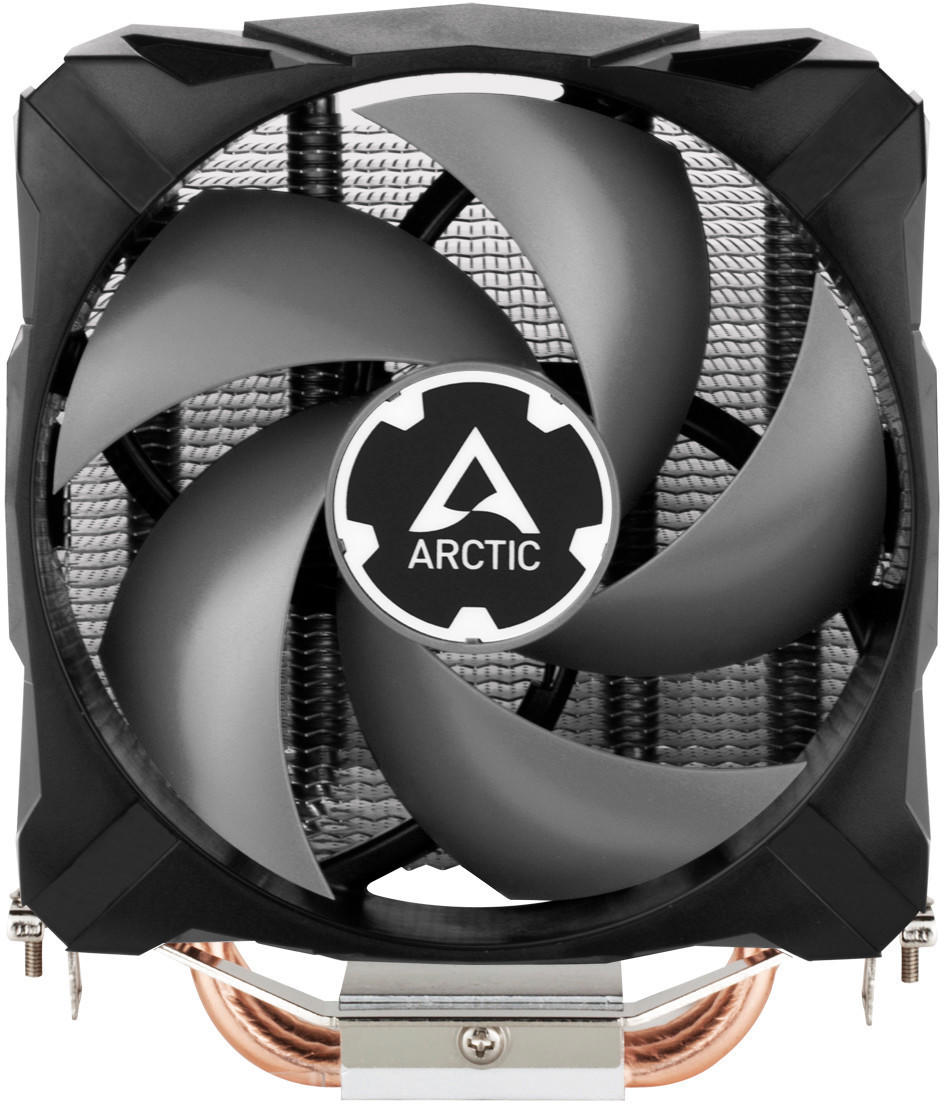
Possibility of fan customization or customization options available
Some fans on the market offer unique features that allow users to personalize and fine-tune their cooling system according to their specific needs.
One popular option is the Noctua NH-D15 which provides users with a wide range of customization options. This dual-tower CPU cooler incorporates two NF-A15 premium fans with extra quiet and efficient operation. Additionally, it comes with replaceable color trims which users can choose from to match the aesthetic of their system.
Another option is the Corsair iCUE H115i RGB Pro XT, a liquid CPU cooler that allows for customizable RGB lighting. Users can create intricate lighting effects using the iCUE software, tailoring it to match the theme of their setup. This cooler offers powerful cooling performance and is compatible with several sockets including AM4 and LGA115x.




In summary, being able to customize and personalize your CPU fan is a crucial factor to consider. Fans such as the Noctua NH-D15 and Corsair iCUE H115i RGB Pro XT provide users with various options to customize their cooling solutions, offering flexibility and aesthetics tailored to individual preferences.




Price
The price of a CPU fan can vary greatly depending on the brand, features, and specifications. In the budget segment, the Cooler Master Hyper 212 Evo is a popular choice, known for its excellent cooling performance and affordability. With a price range of around $30, it offers a heat sink with four direct-contact heat pipes and a 120mm fan. Another option worth considering is the Arctic Freezer 34 Esports Duo, which is priced at around $40. This CPU cooler boasts a dual tower design with four heat pipes and two 120mm fans, maximizing airflow and heat dissipation.
Variety of brands
Brands such as Noctua, Corsair, and Cooler Master are renowned for their high-quality fans with excellent performance and durability.
Noctua is known for its premium fans that deliver exceptional cooling with low noise levels. The Noctua NH-D15 is a popular choice, featuring dual-fan design, six heat pipes, and extensive compatibility. They are expensive but provide top-notch cooling capabilities for both overclocked and stock CPUs.
Corsair offers a range of CPU fans, with the Corsair A500 being a standout choice. This air cooler features a dual-fan configuration and a highly efficient heat pipe layout, providing effective cooling for high-performance CPUs. It also includes customizable LED lighting for those looking to add some flair to their system.
Cooler Master is another reliable brand known for its innovative cooling solutions. The Cooler Master Hyper 212 RGB Black Edition is a widely recommended CPU cooler. It offers direct contact technology, four heat pipes, and an optimized airflow design, resulting in efficient heat dissipation and quiet operation.




These brands have their unique advantages and cater to different needs, from gamers and overclockers to those seeking a balance between performance and noise levels. Overall, it is crucial to consider the reputation and past user experiences of the brand when deciding on the right CPU fan for your specific requirements.